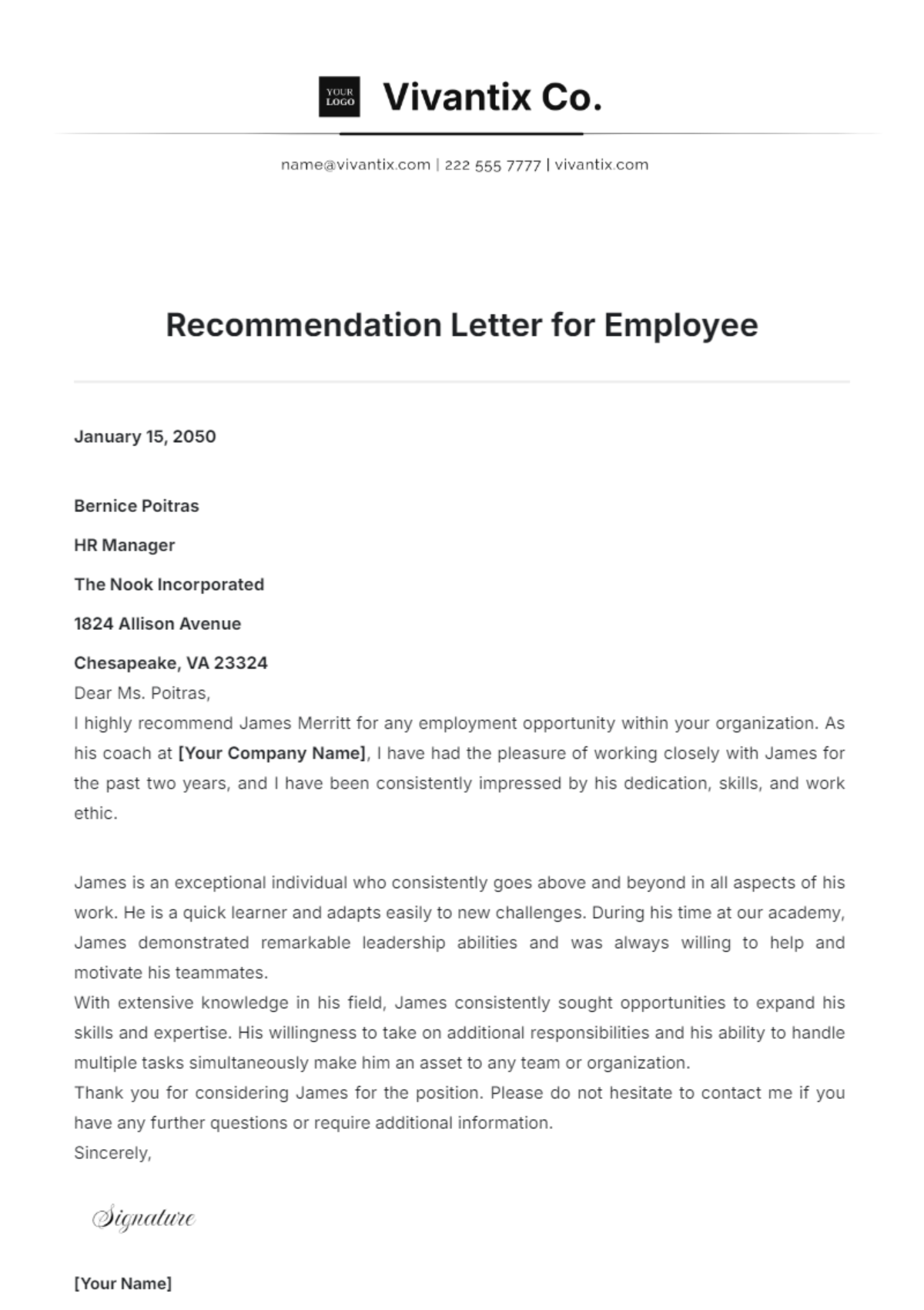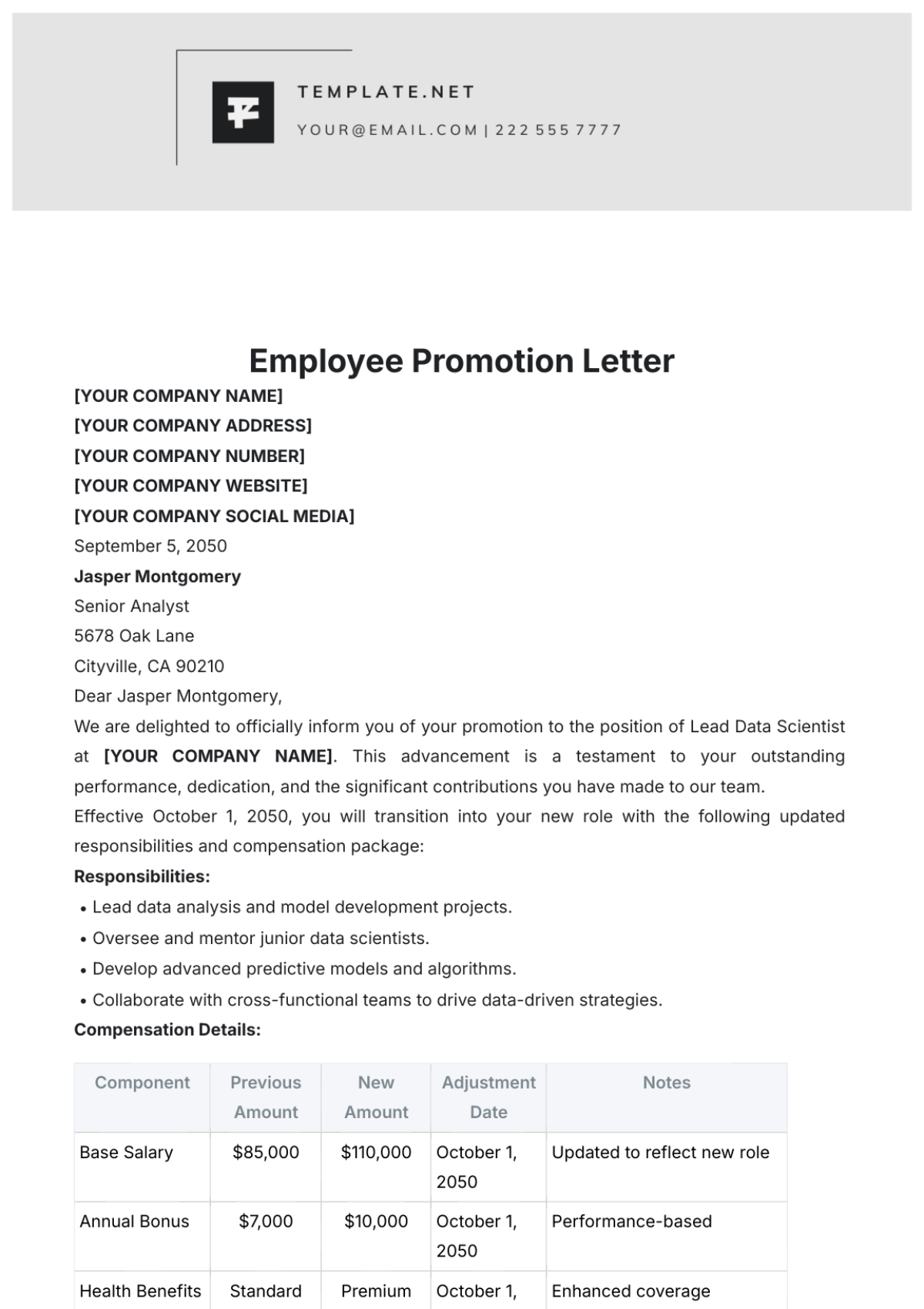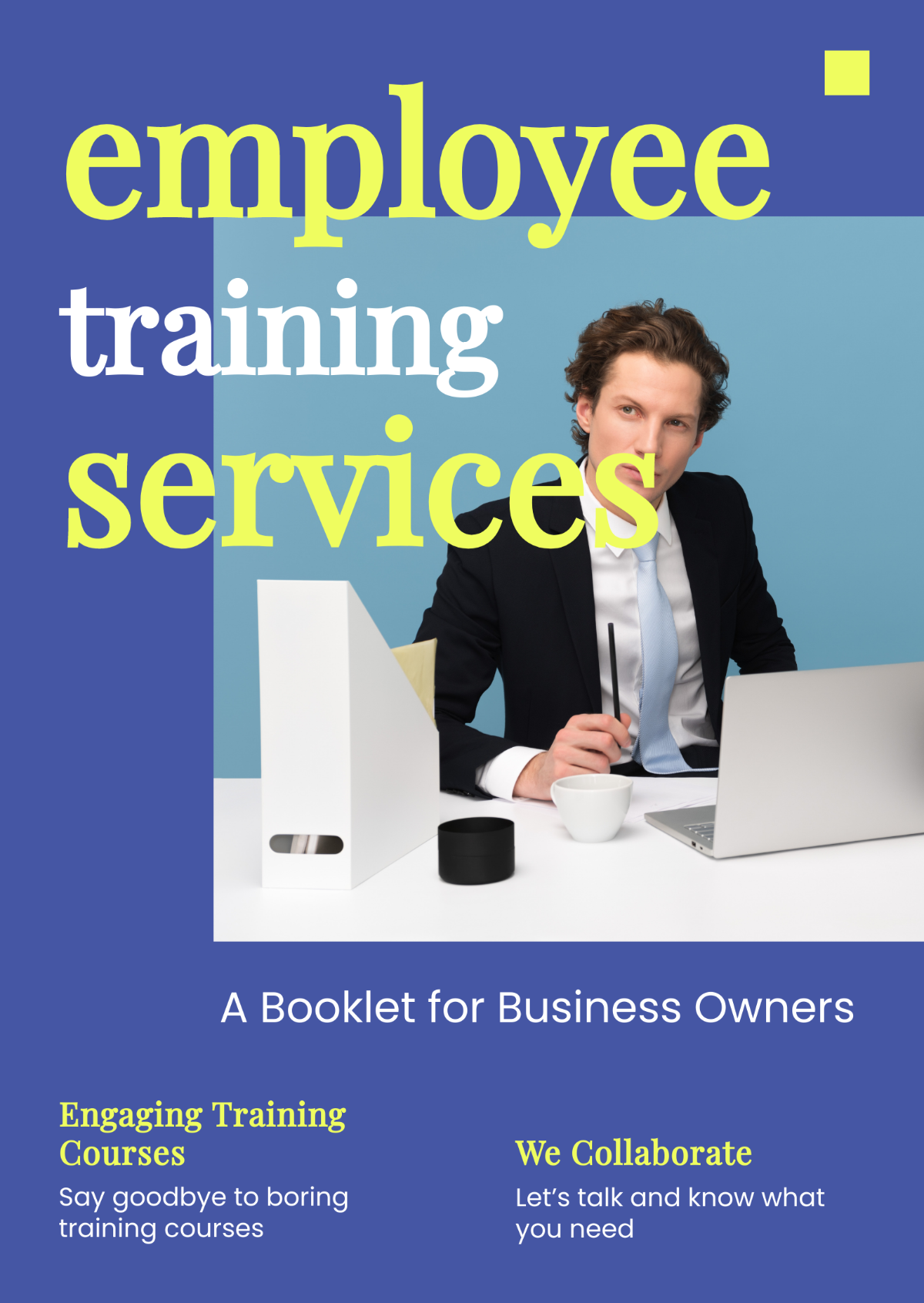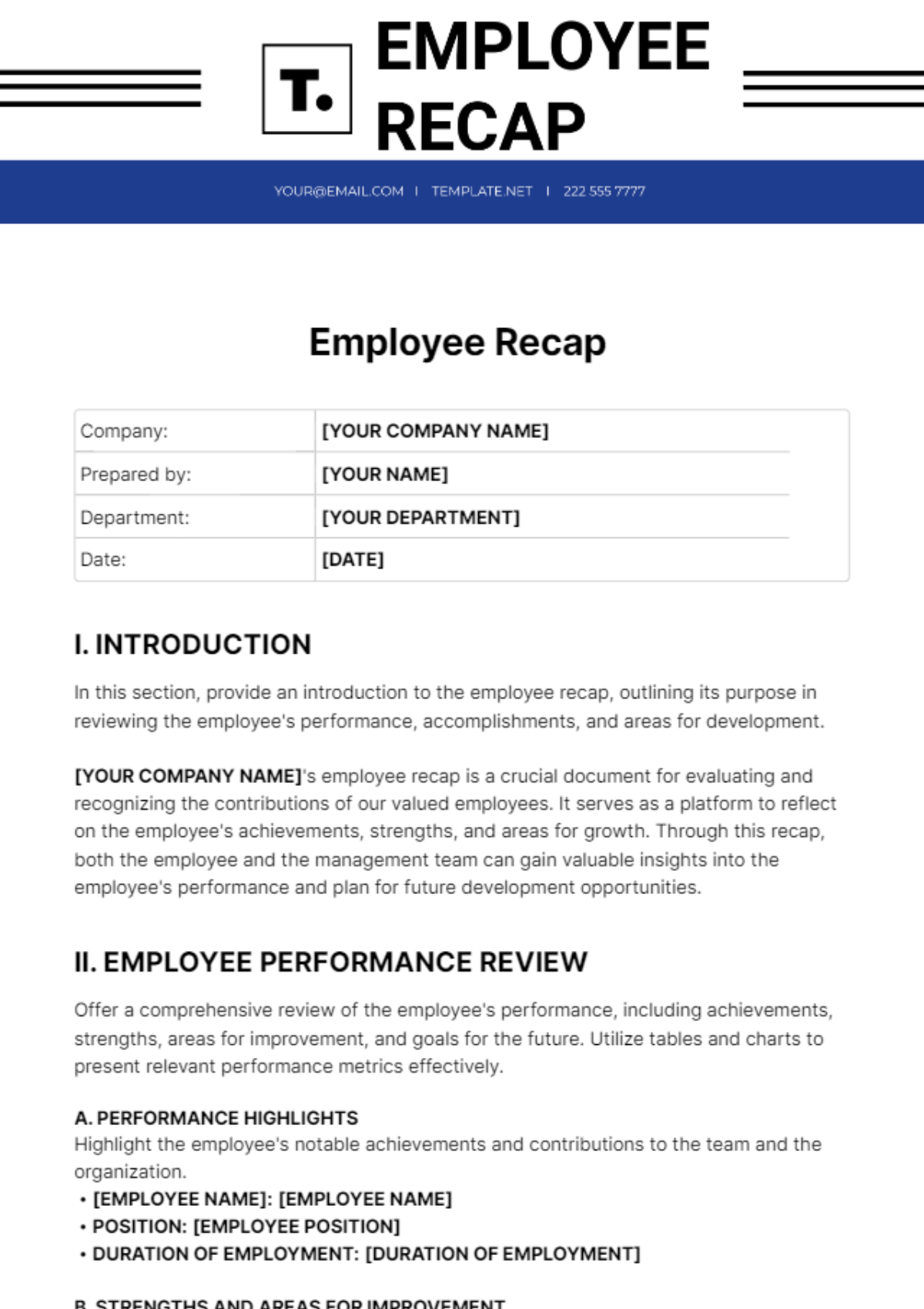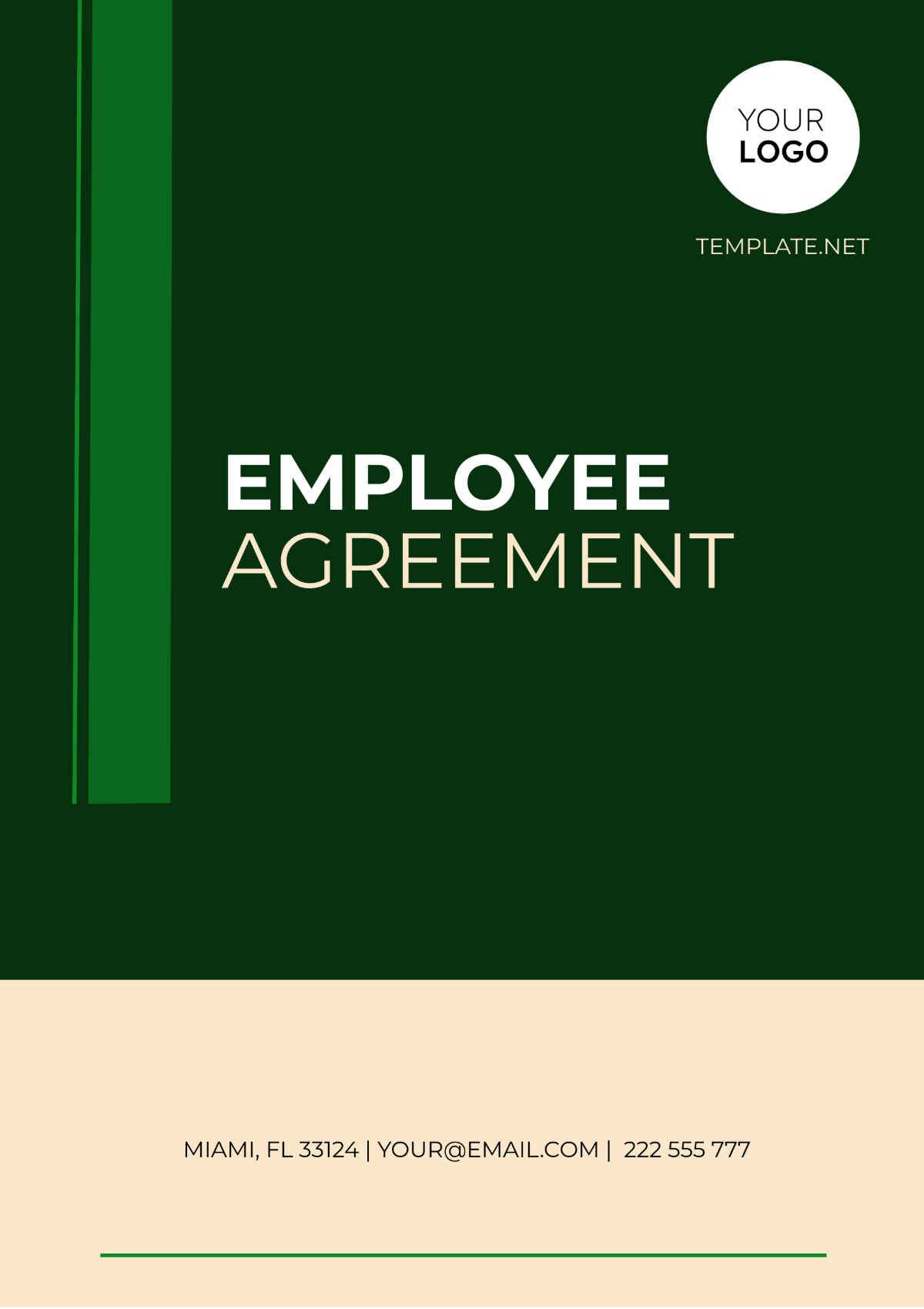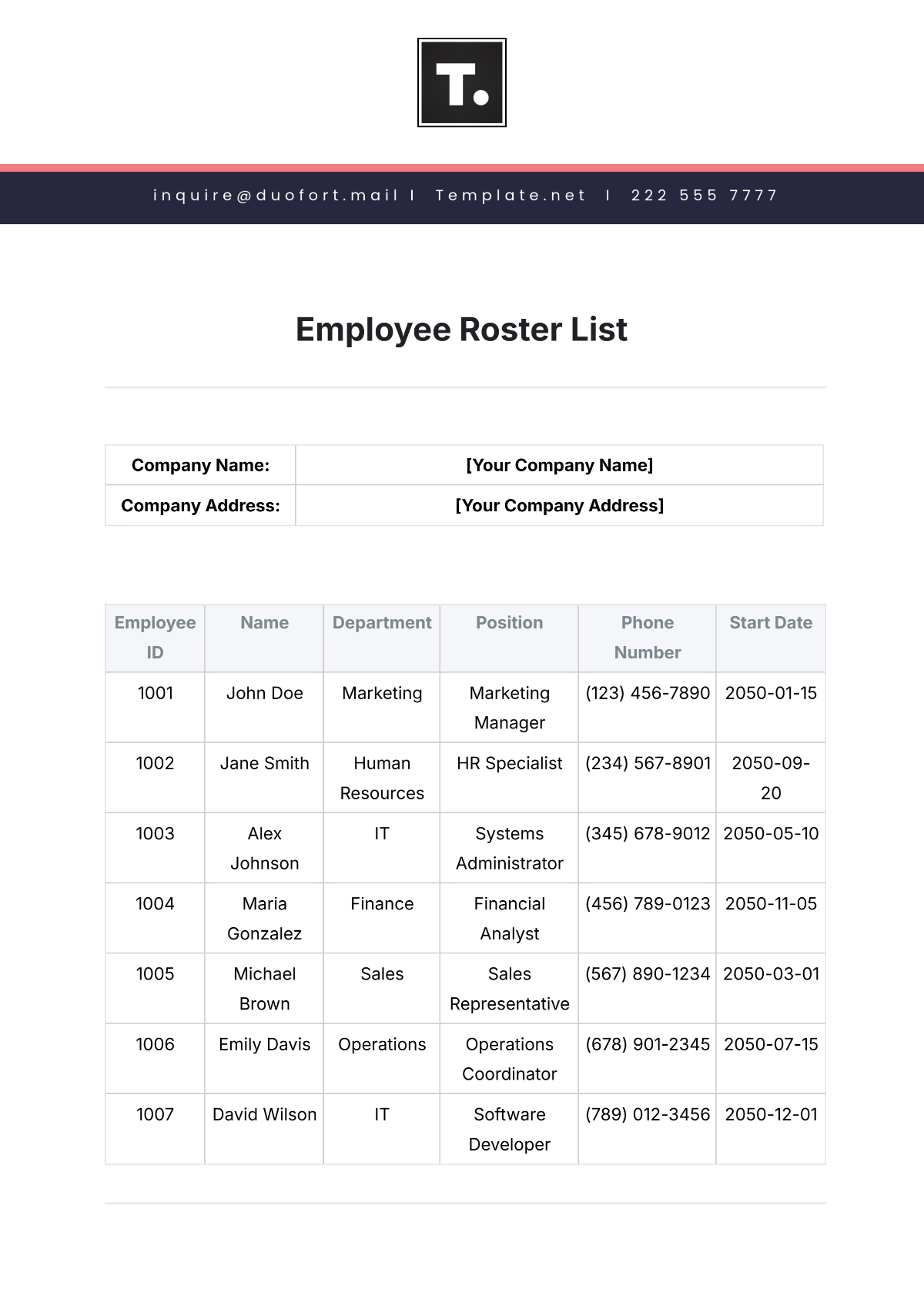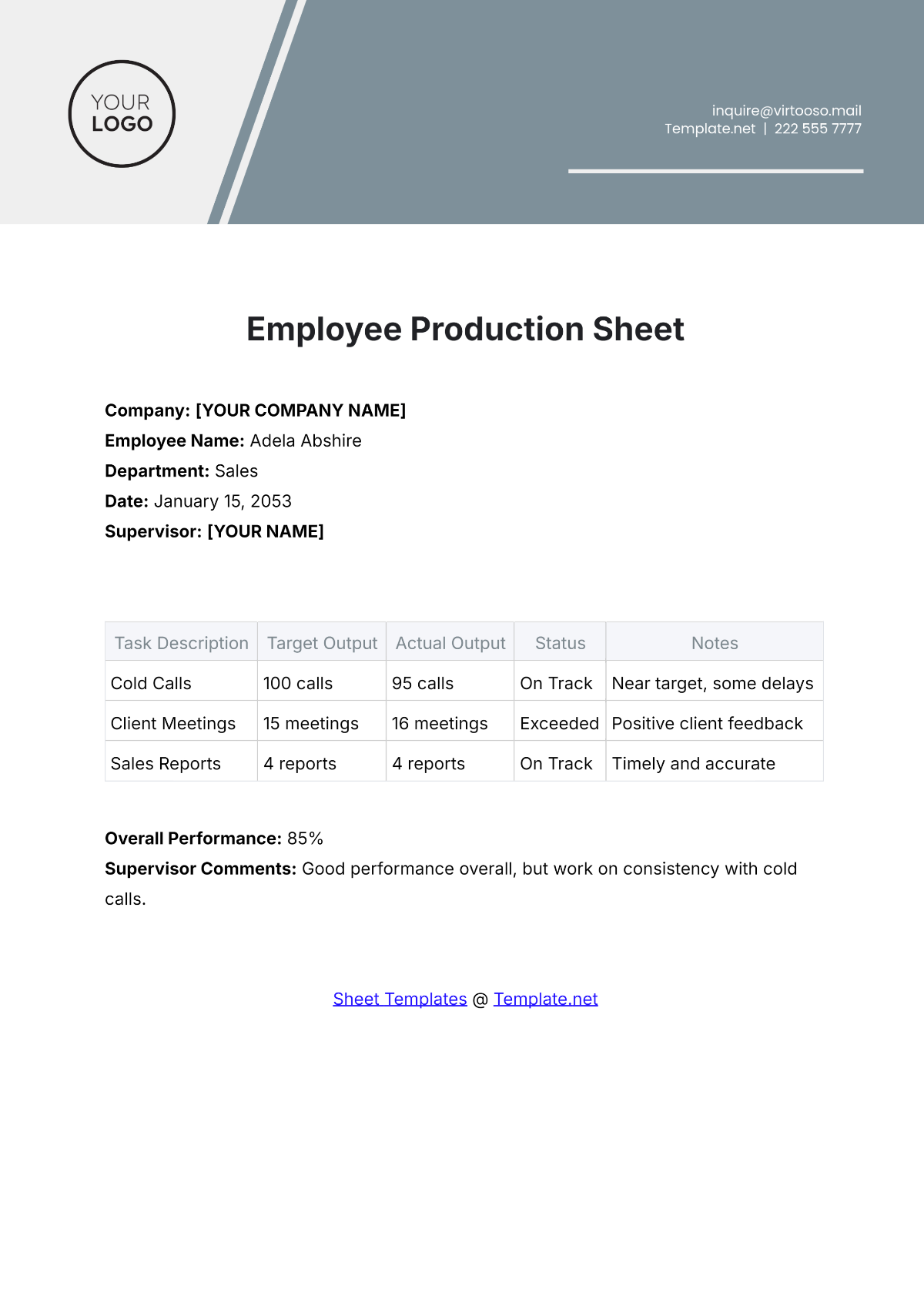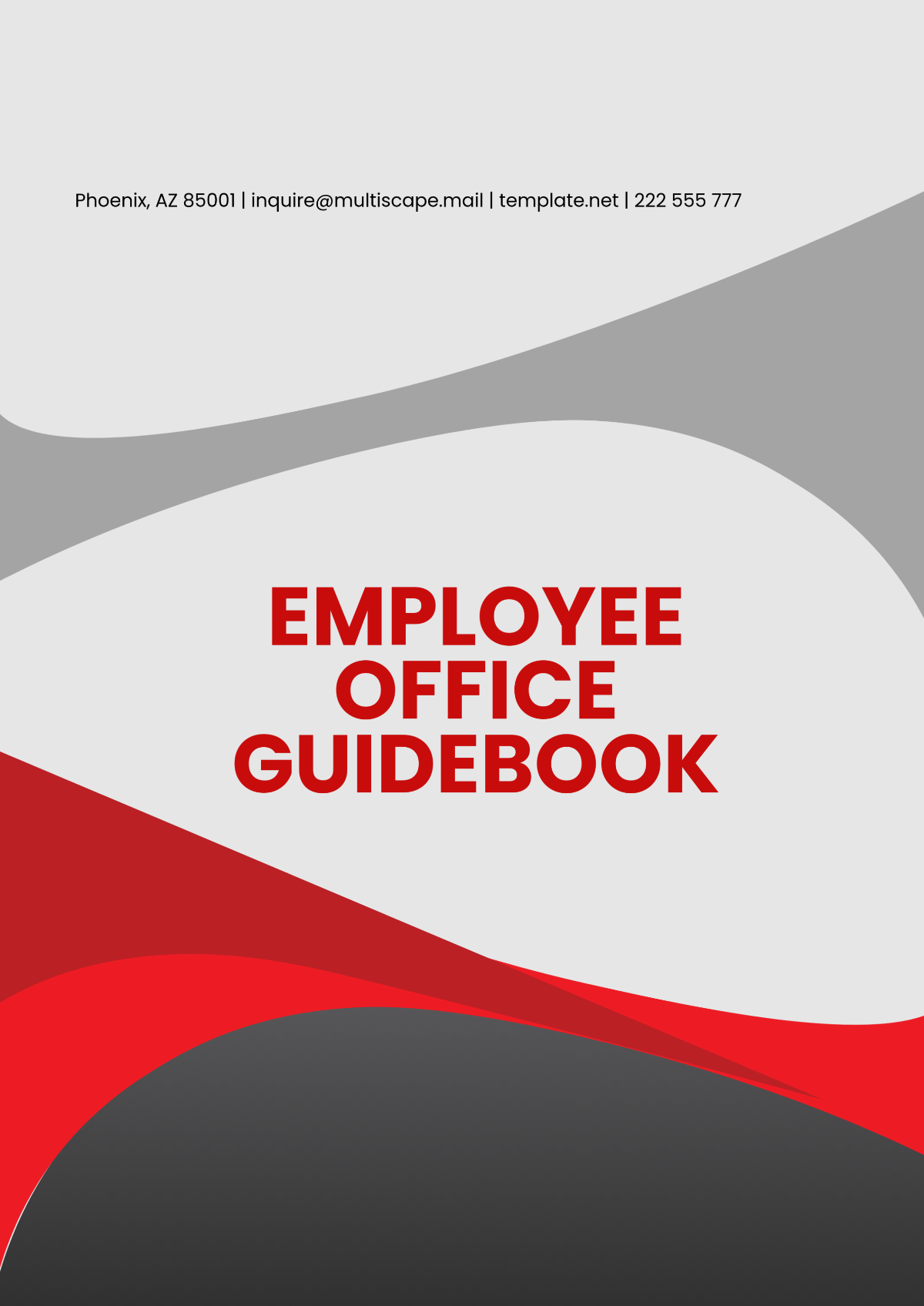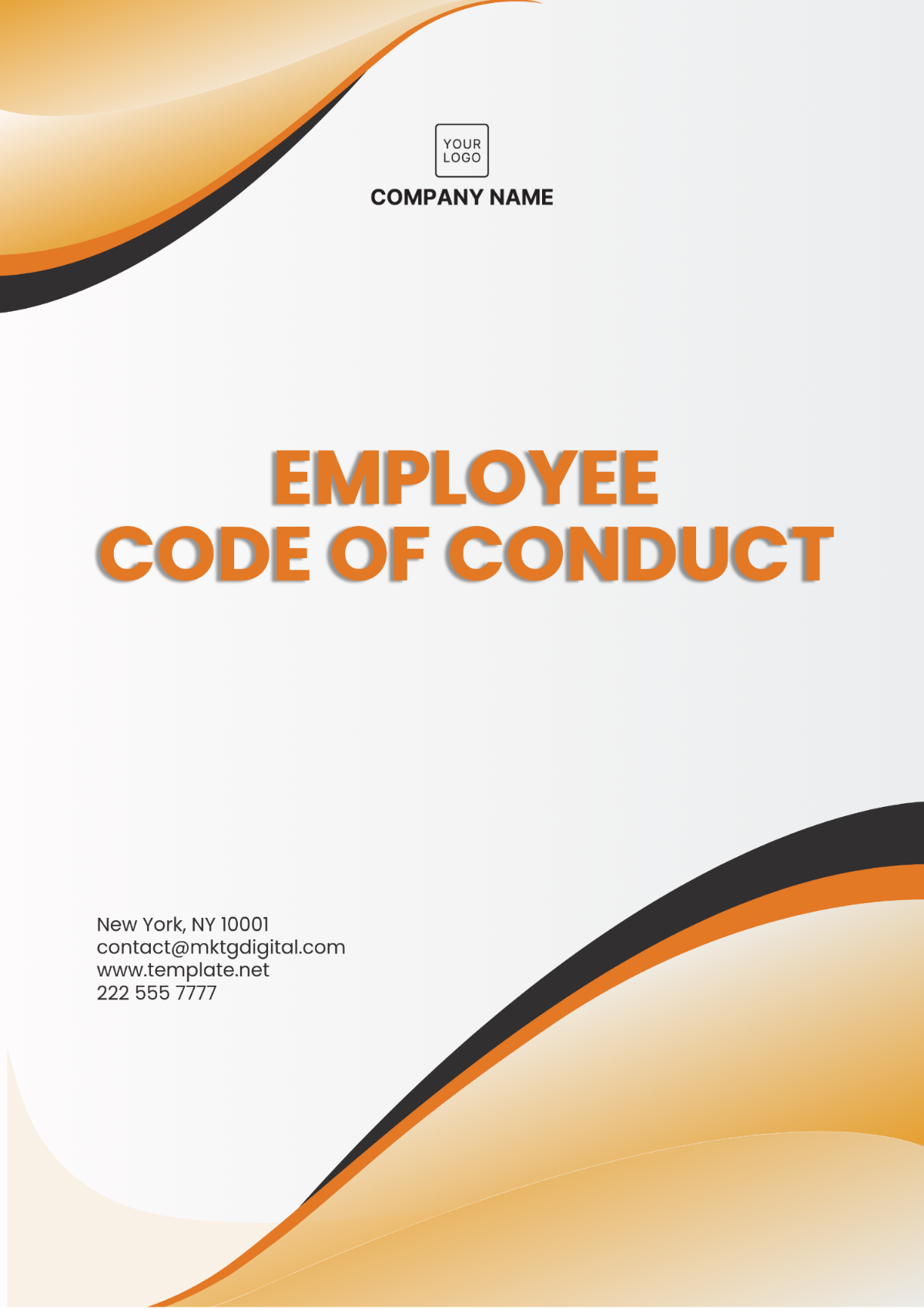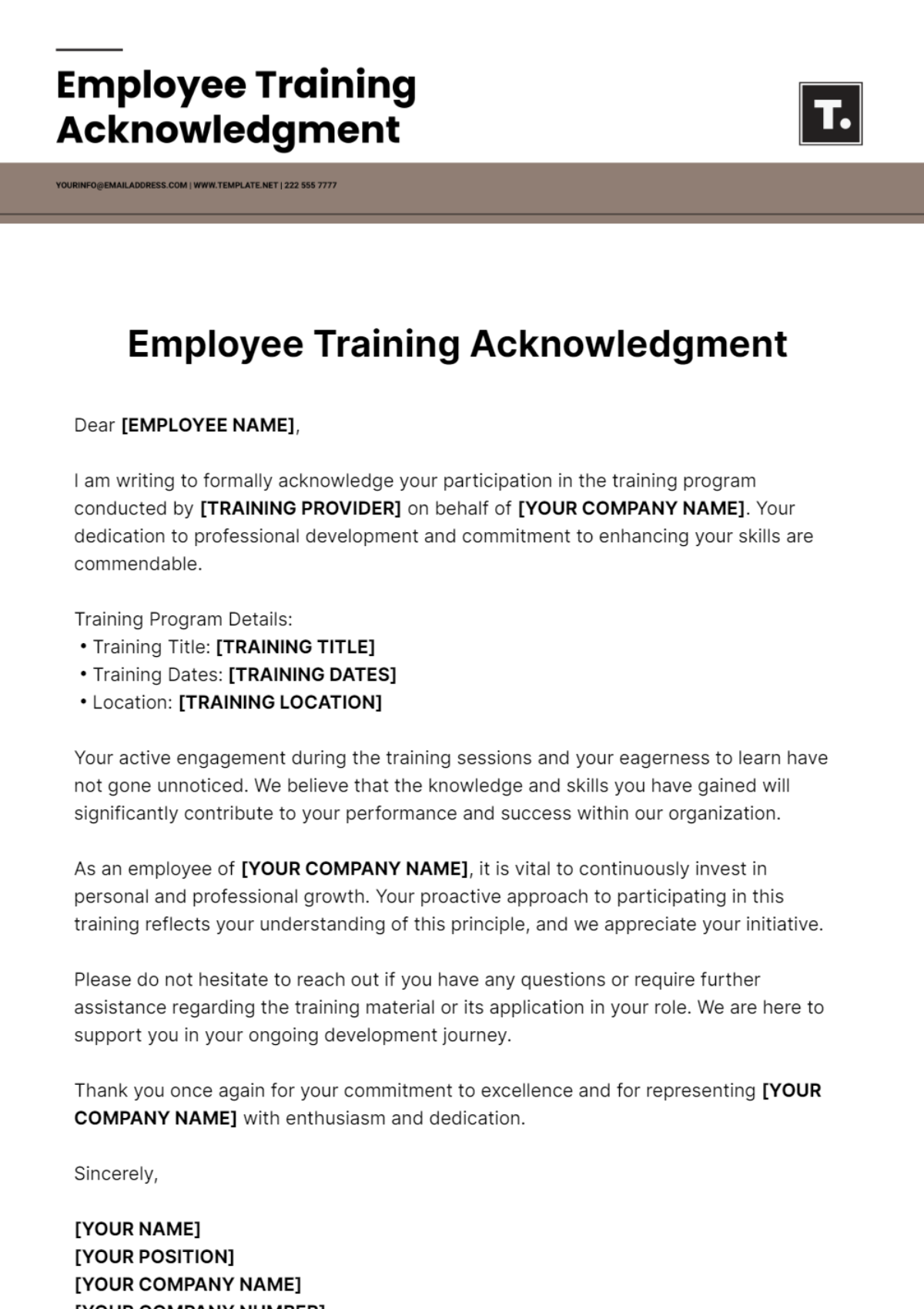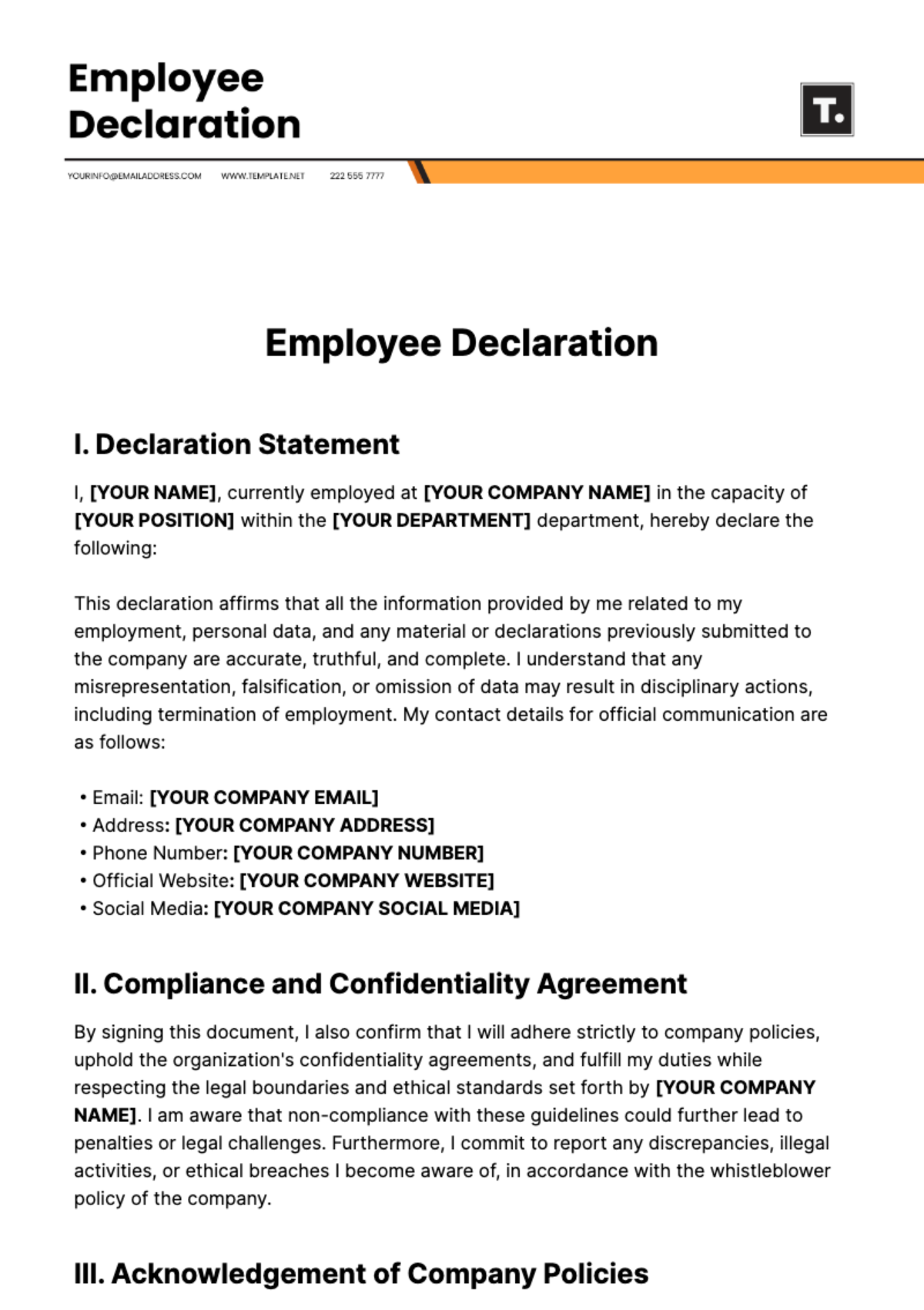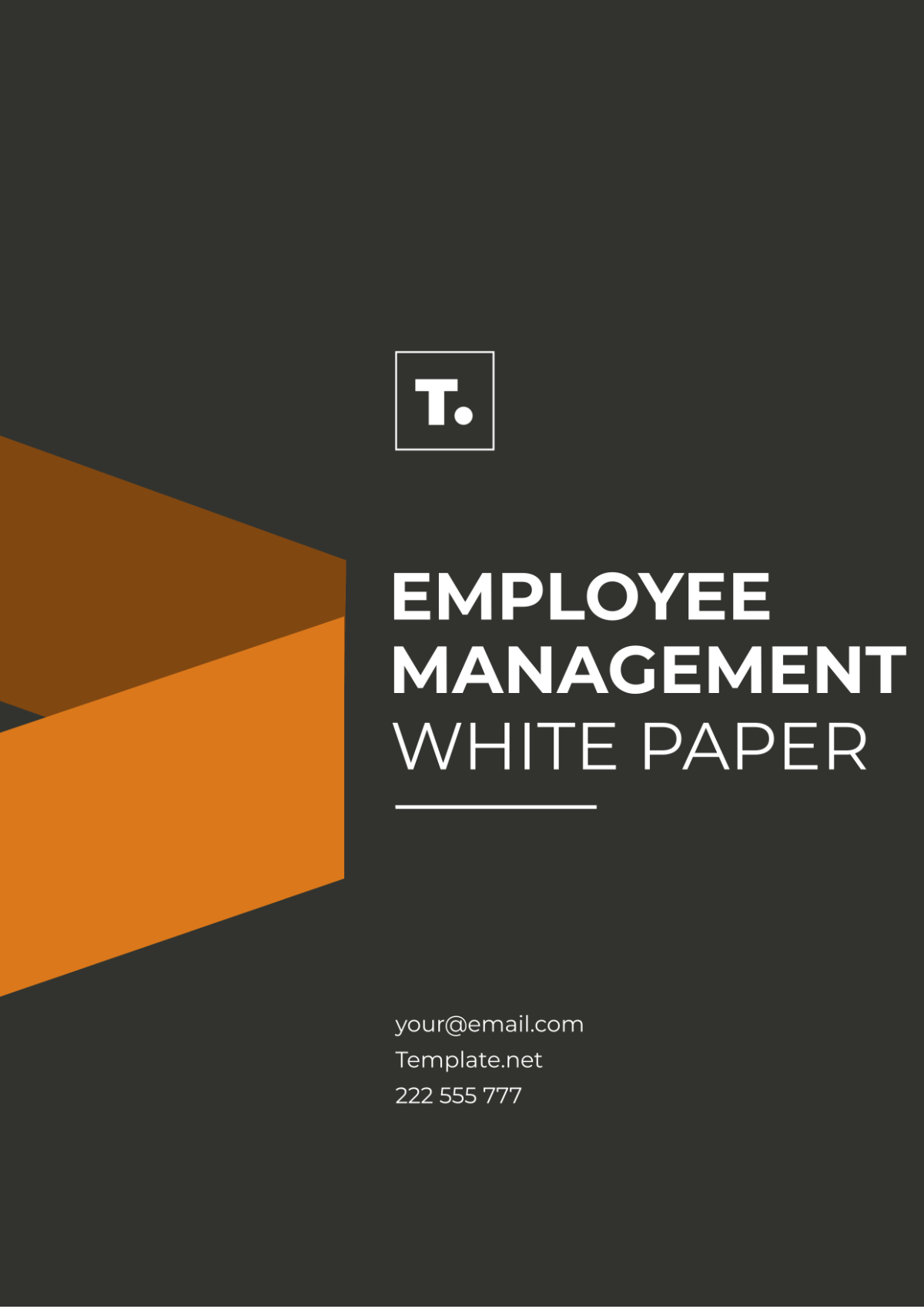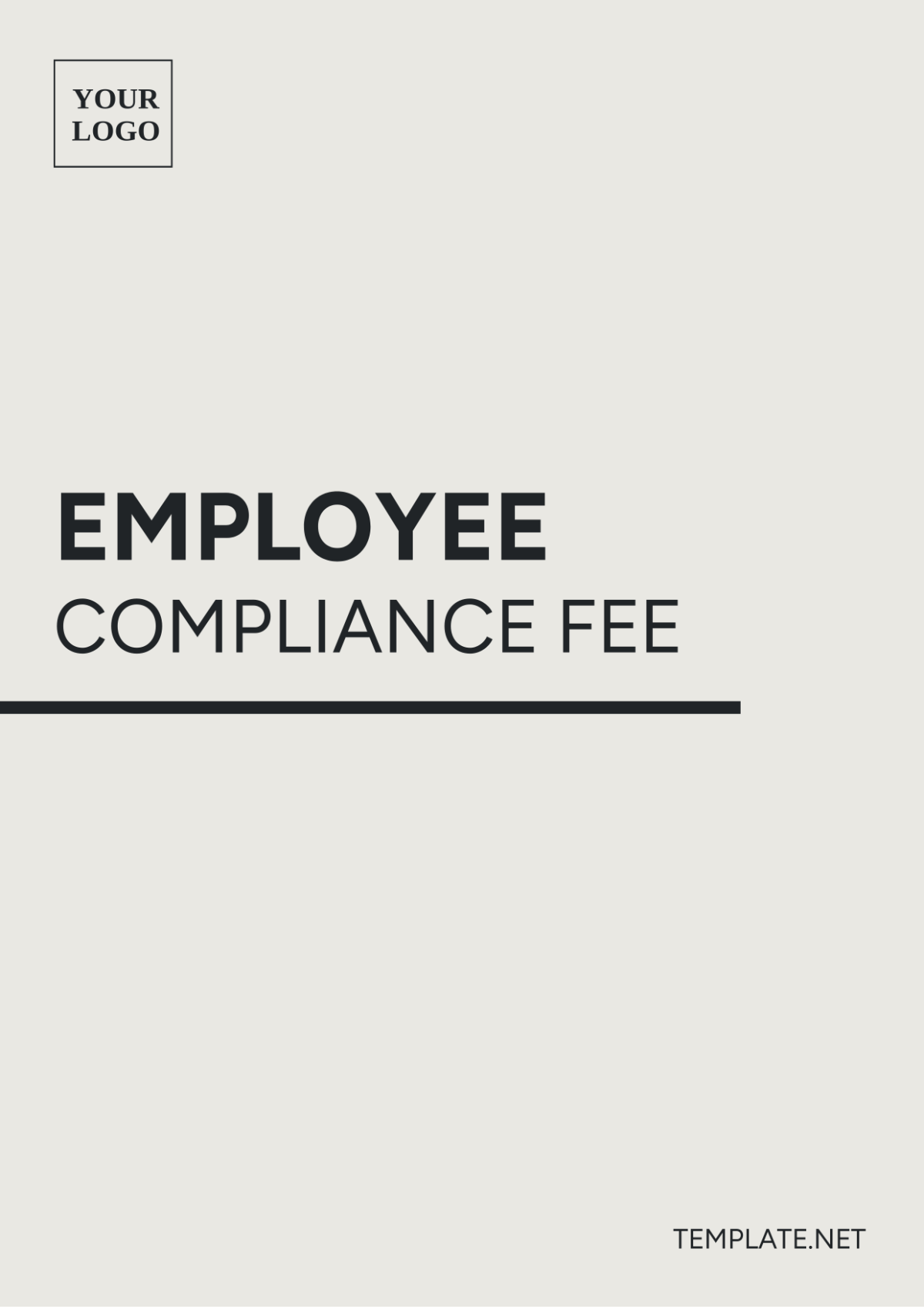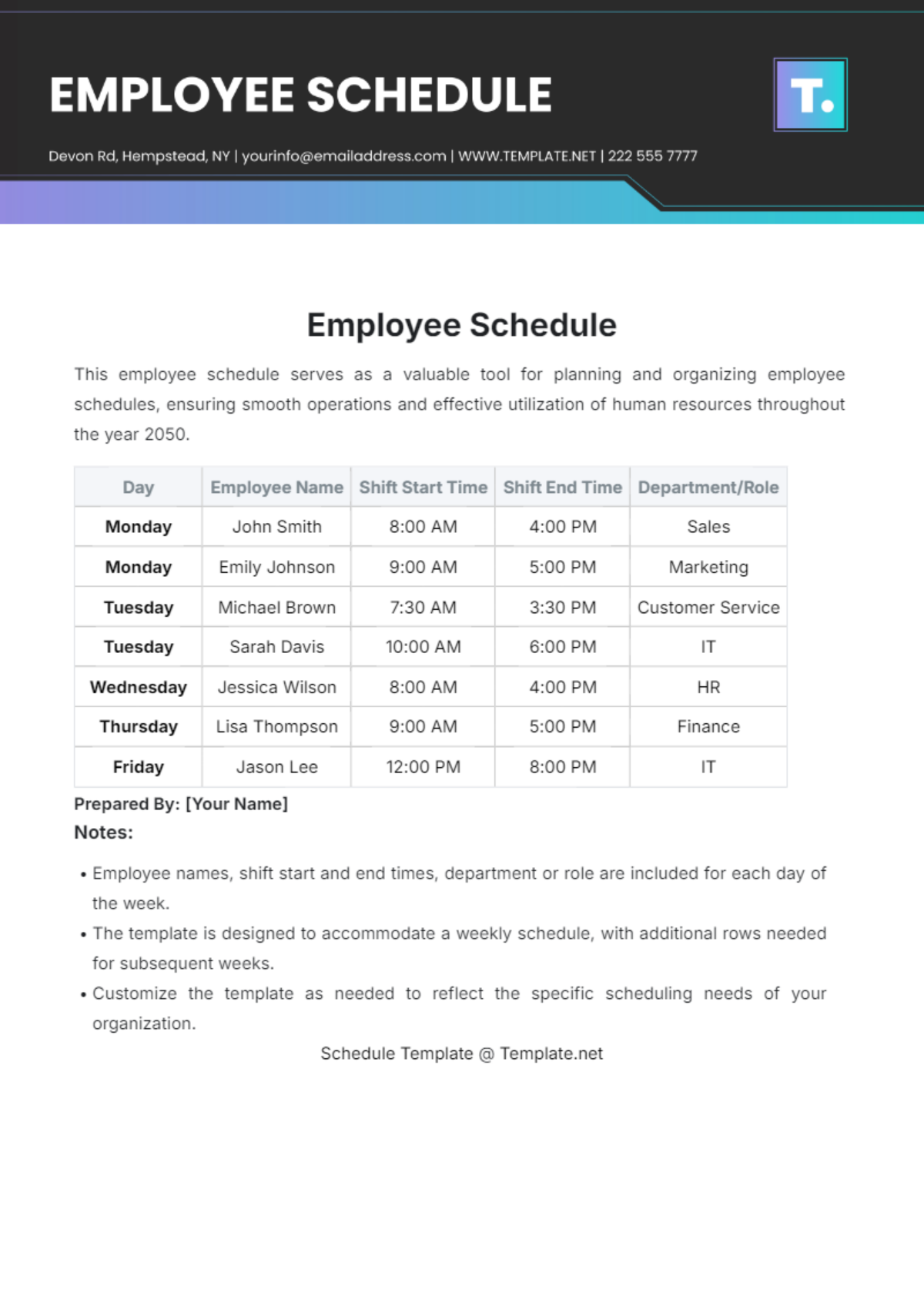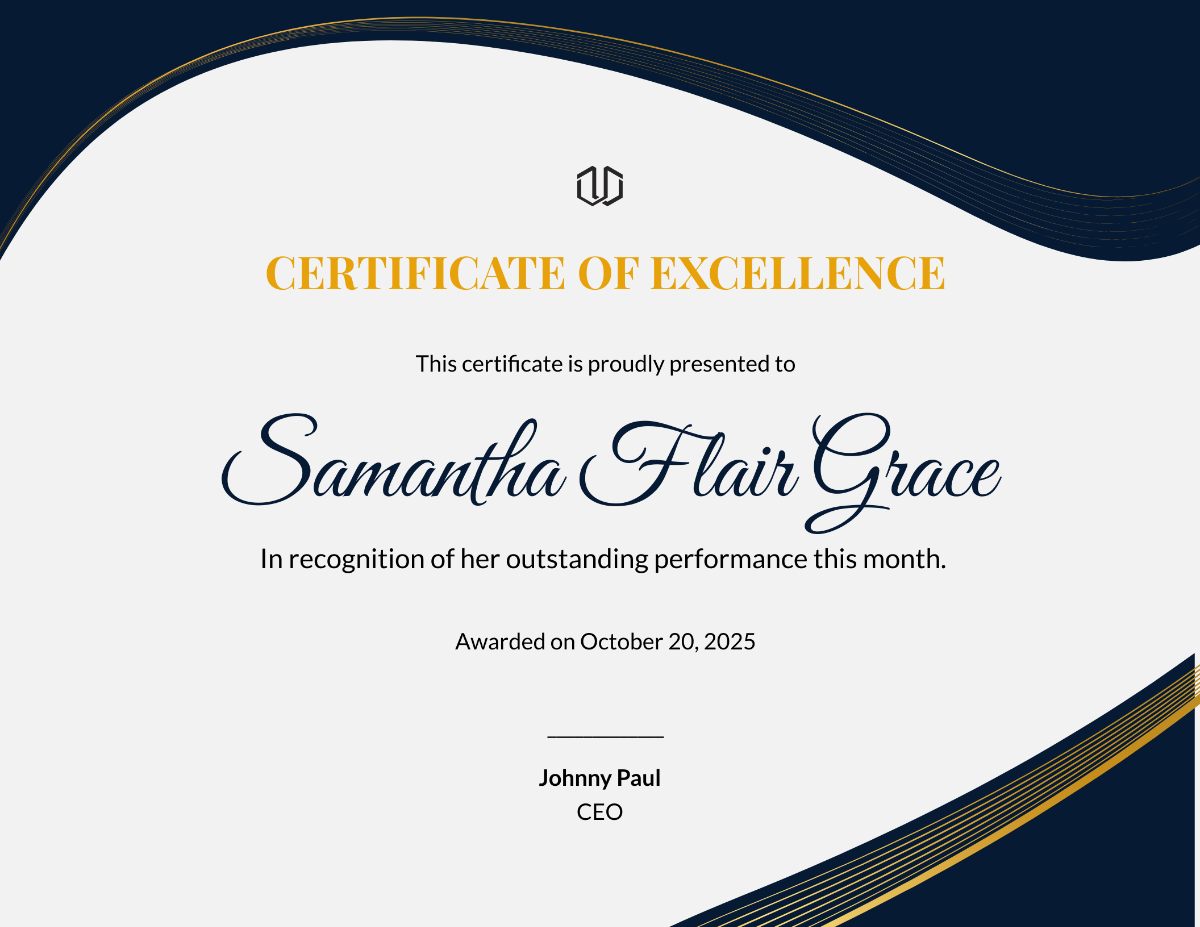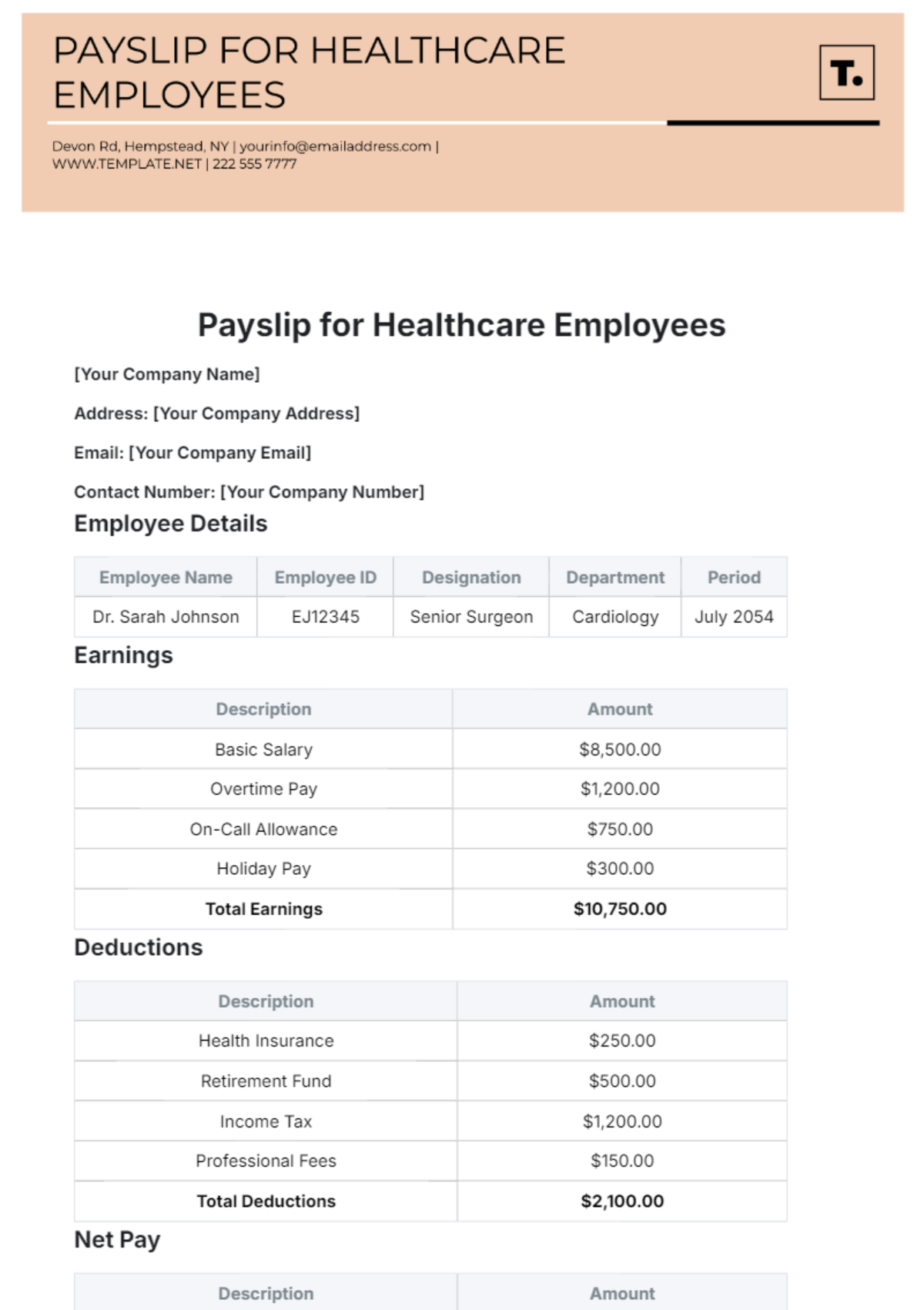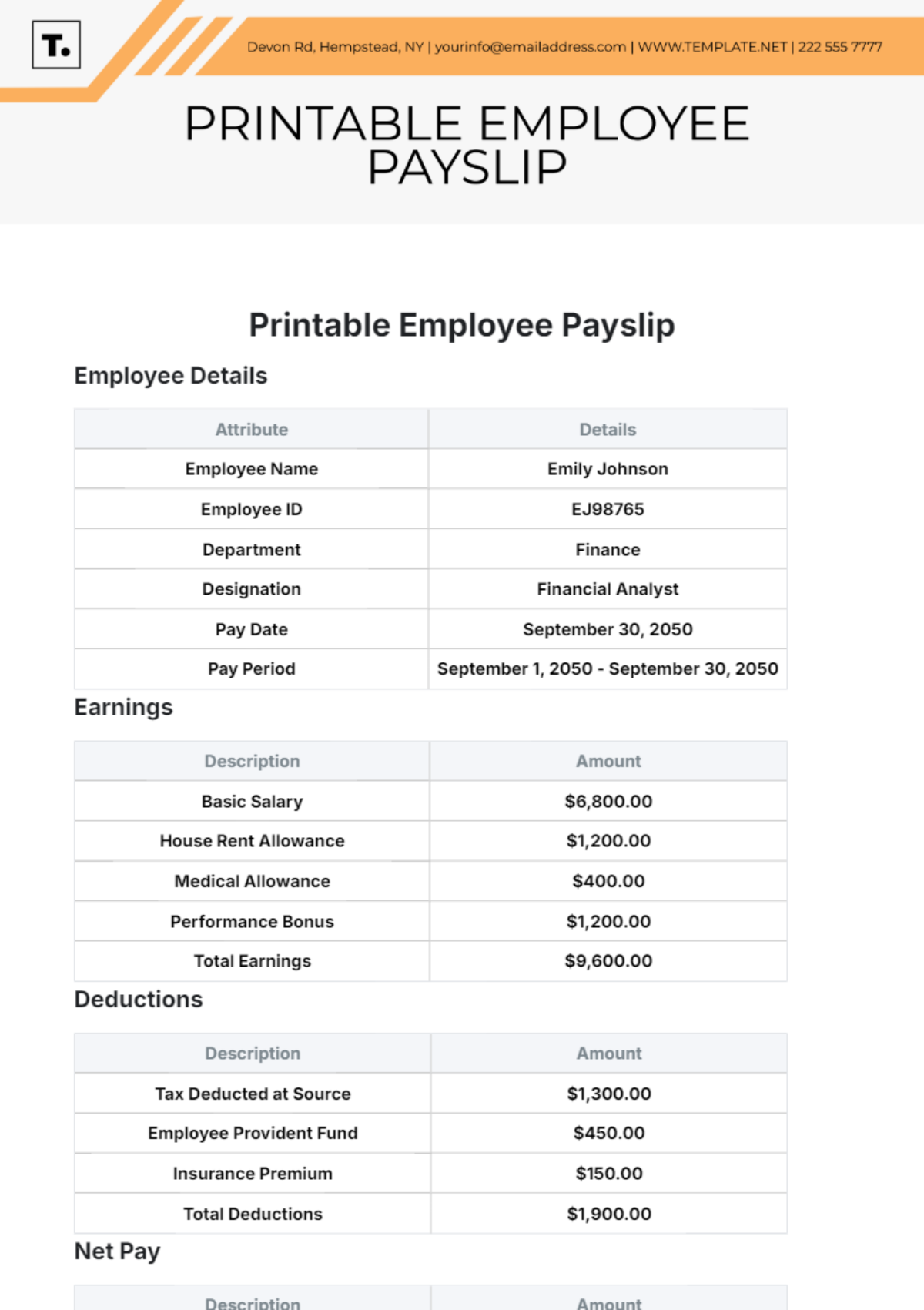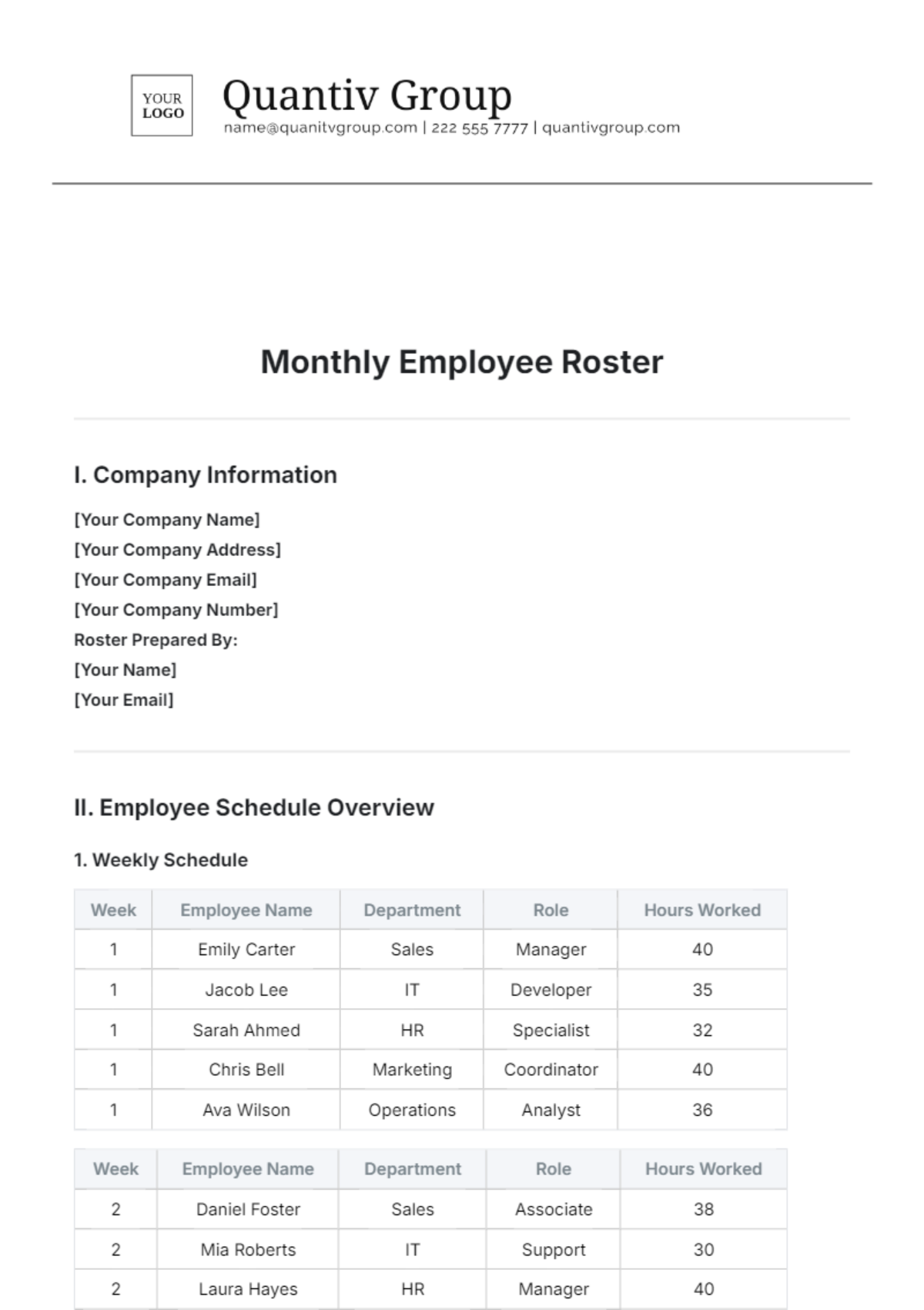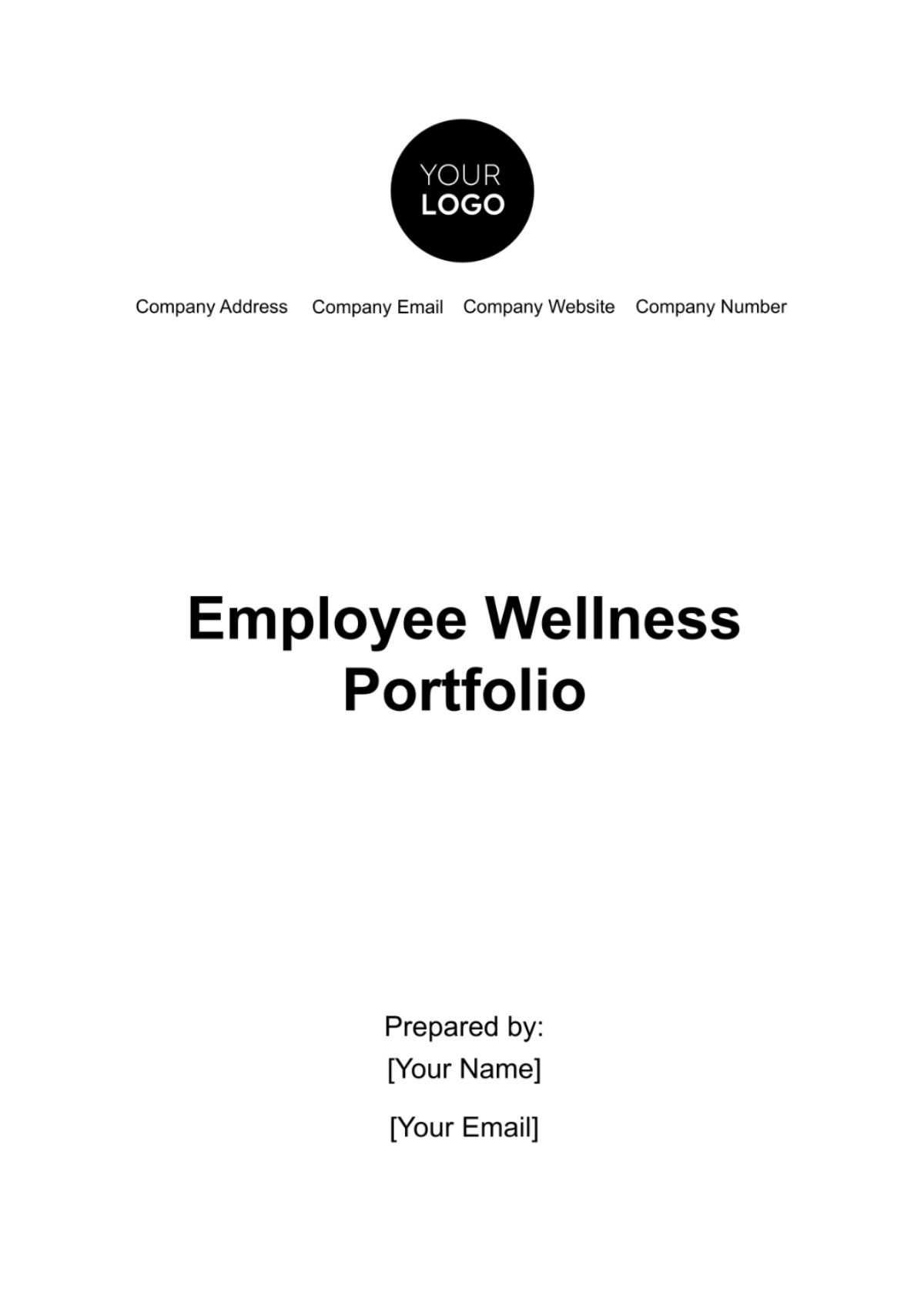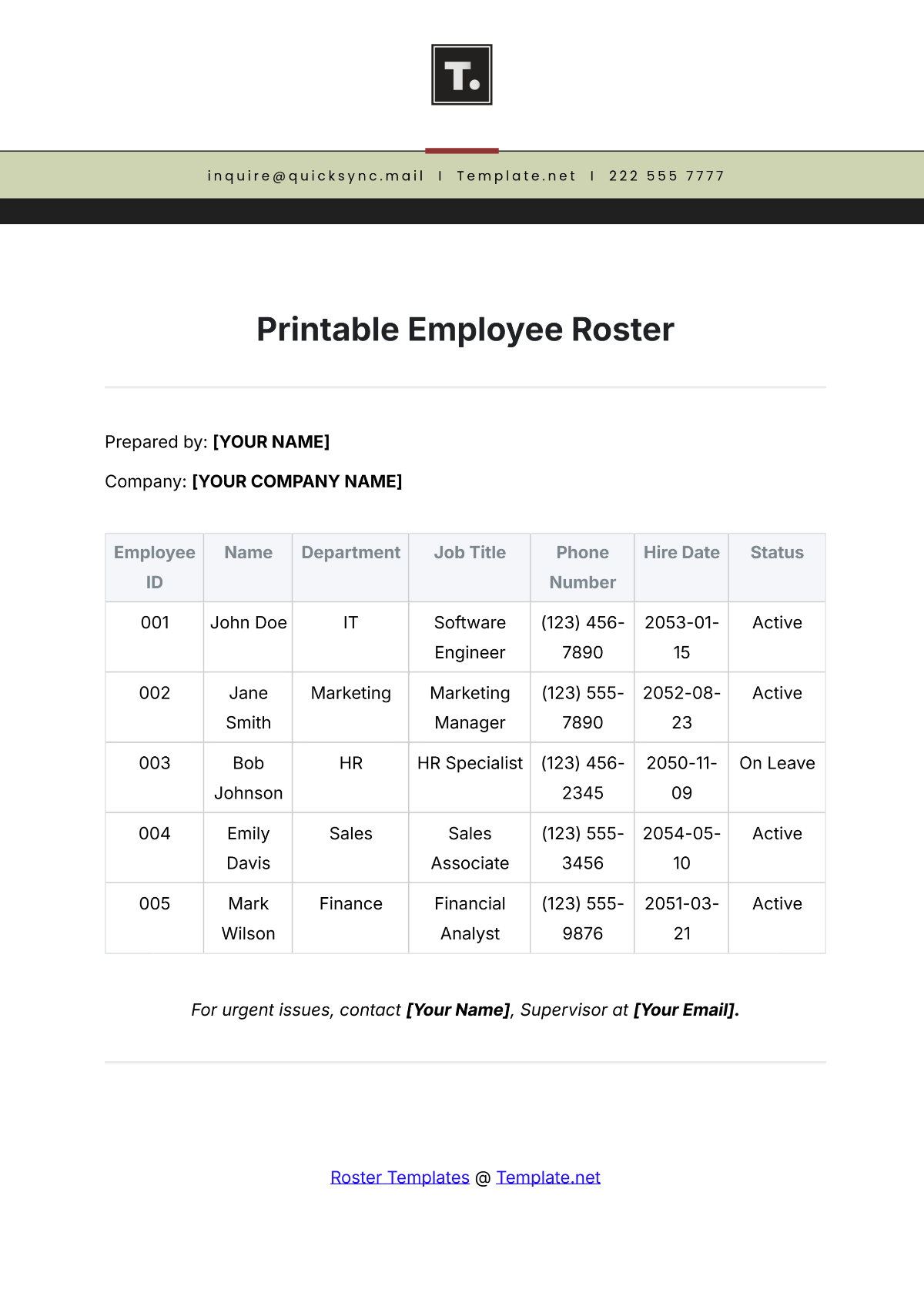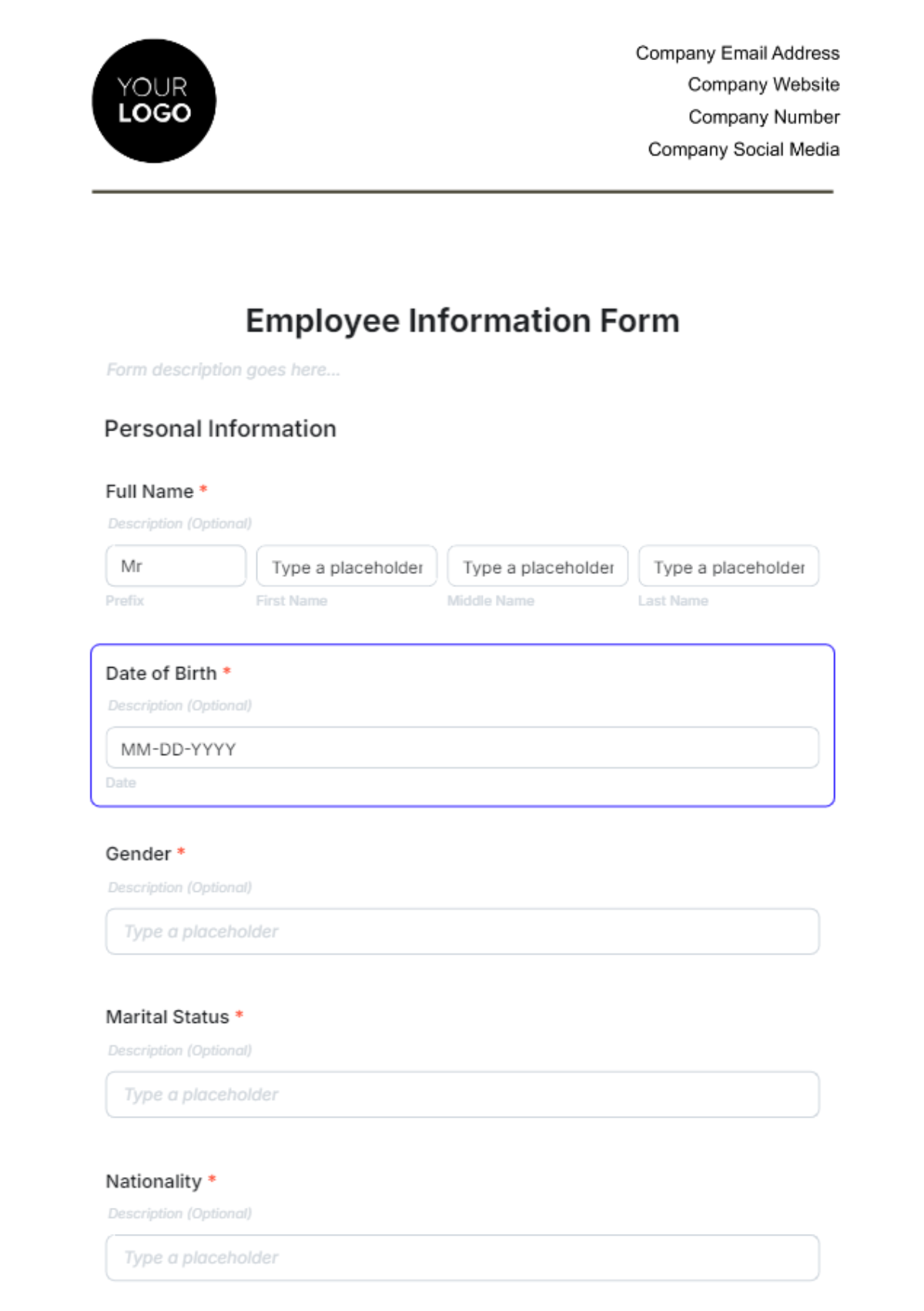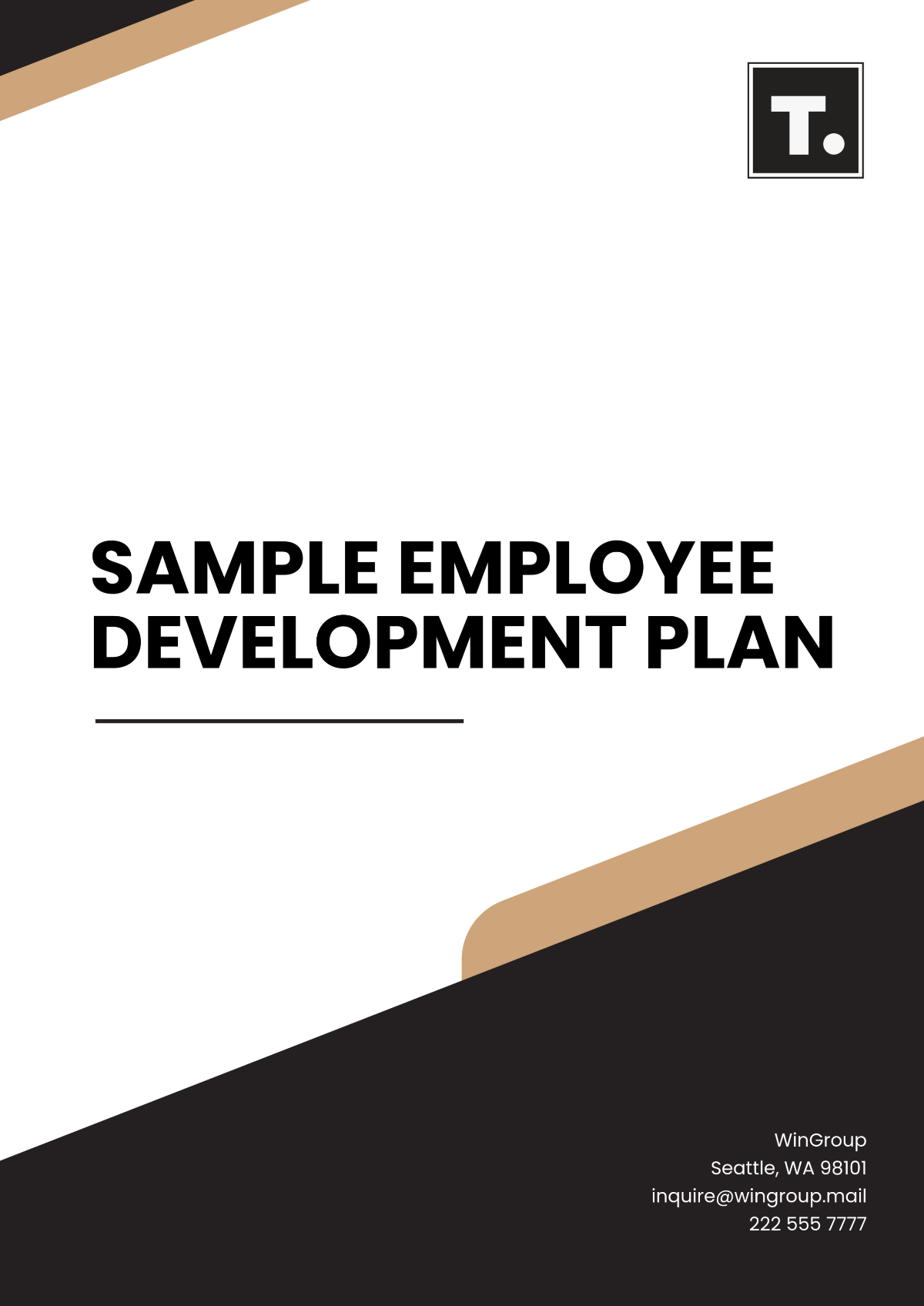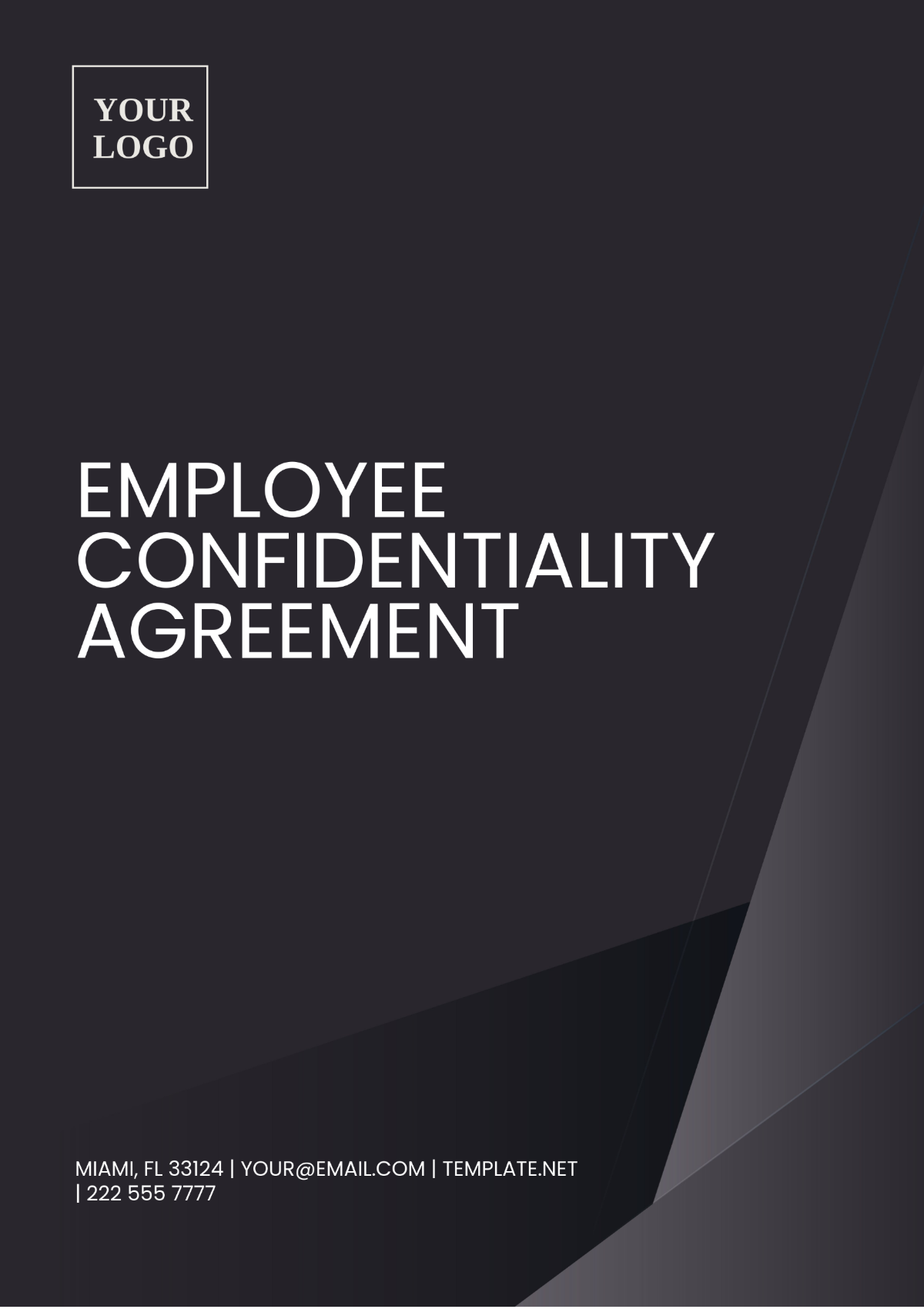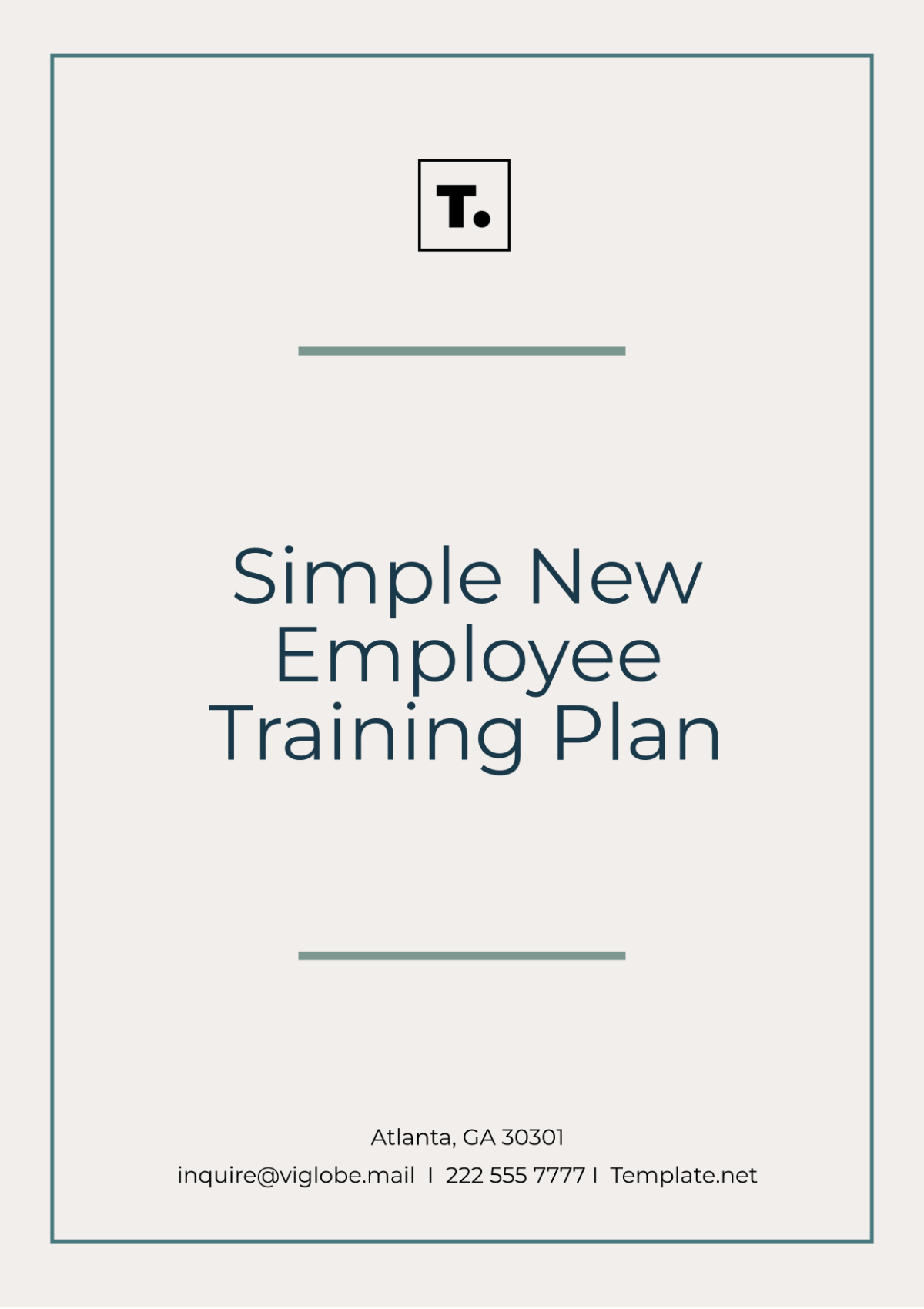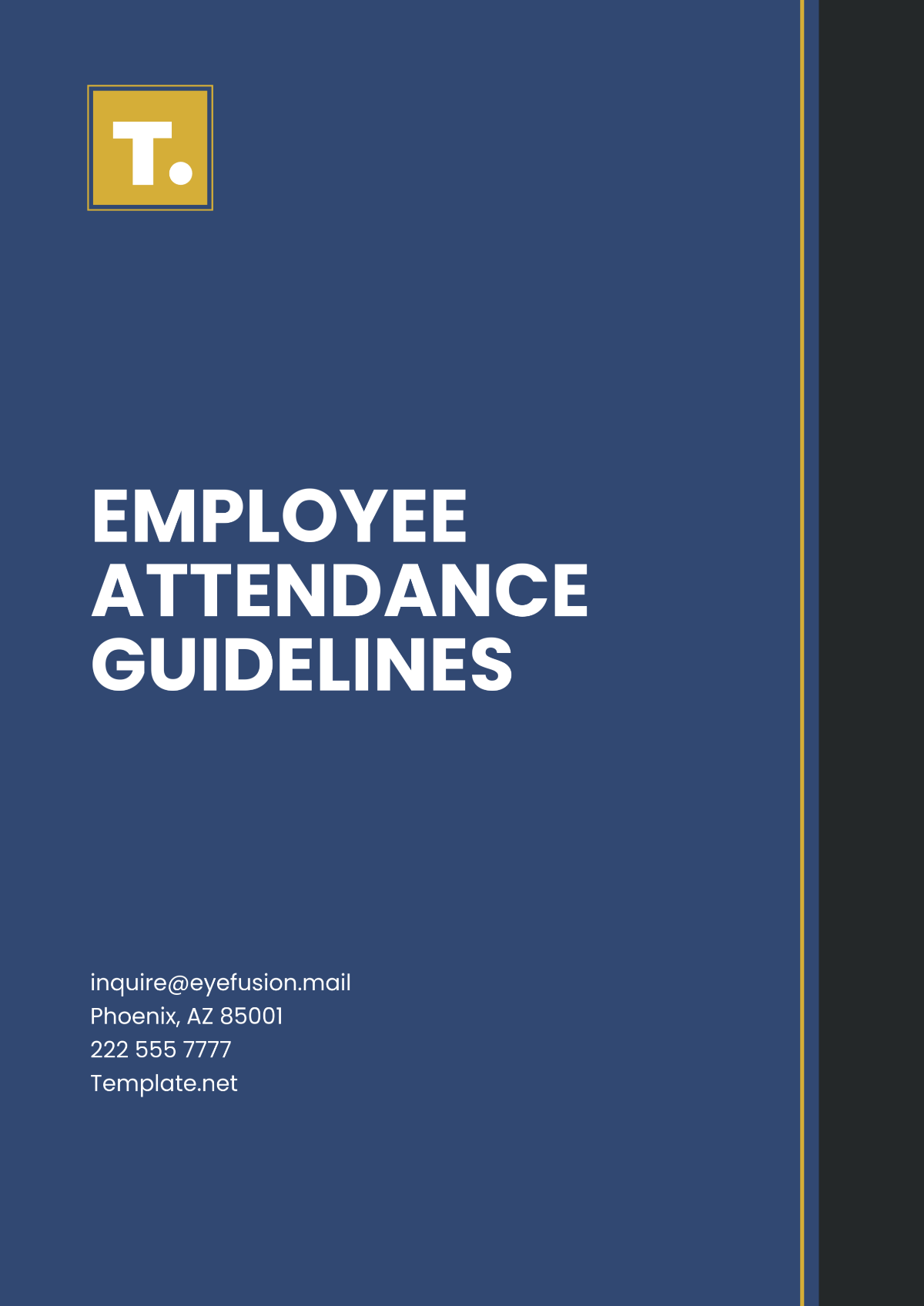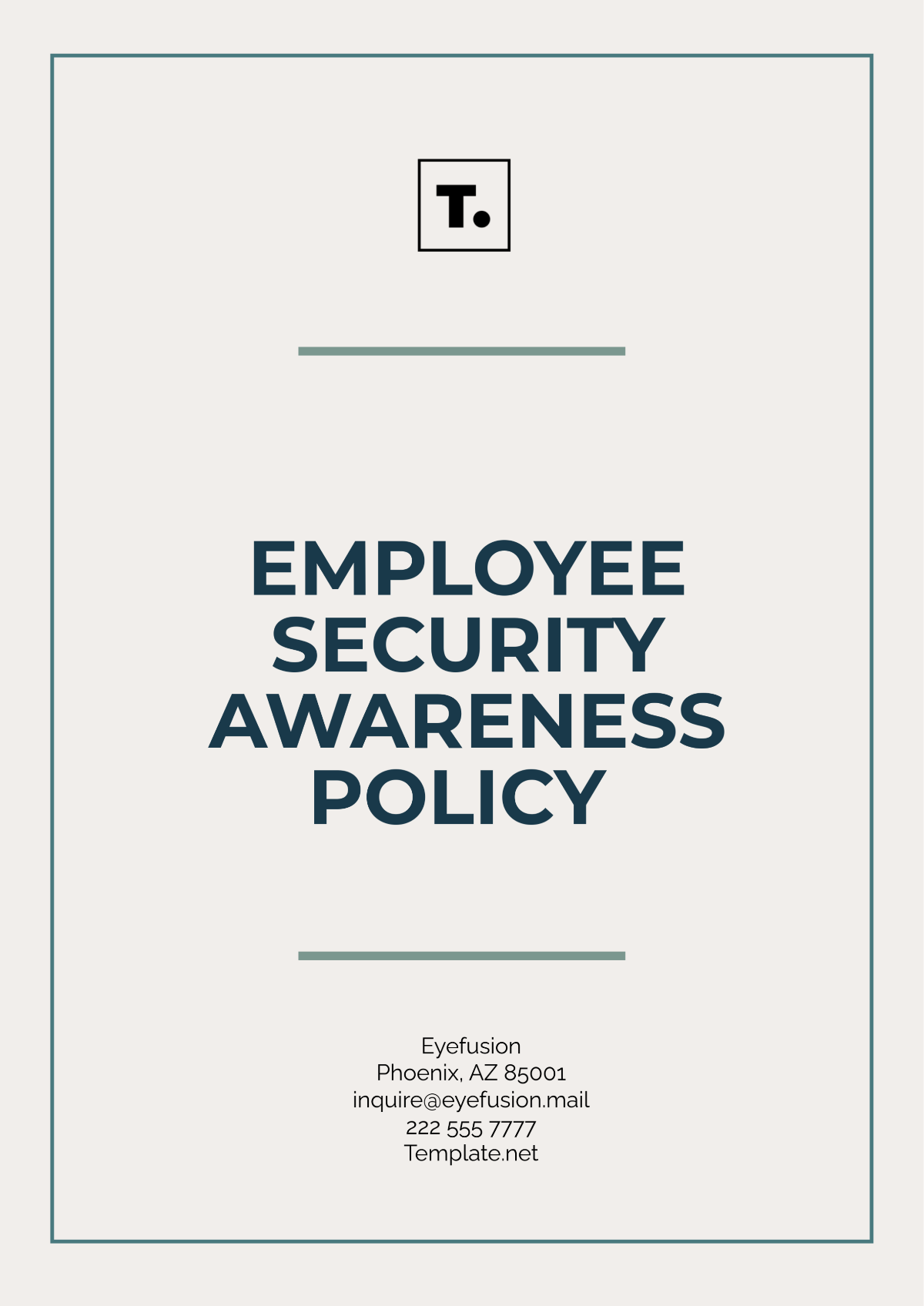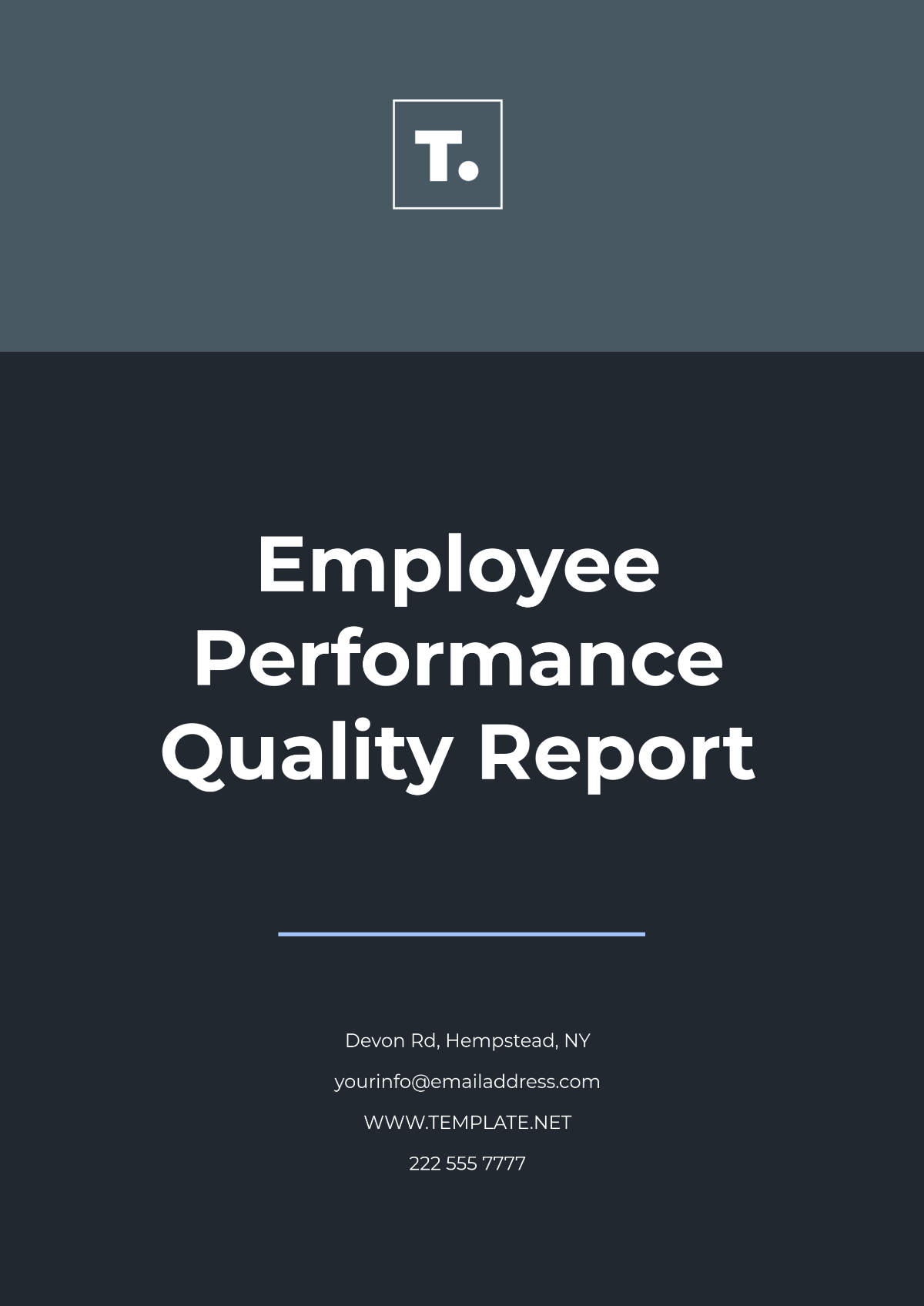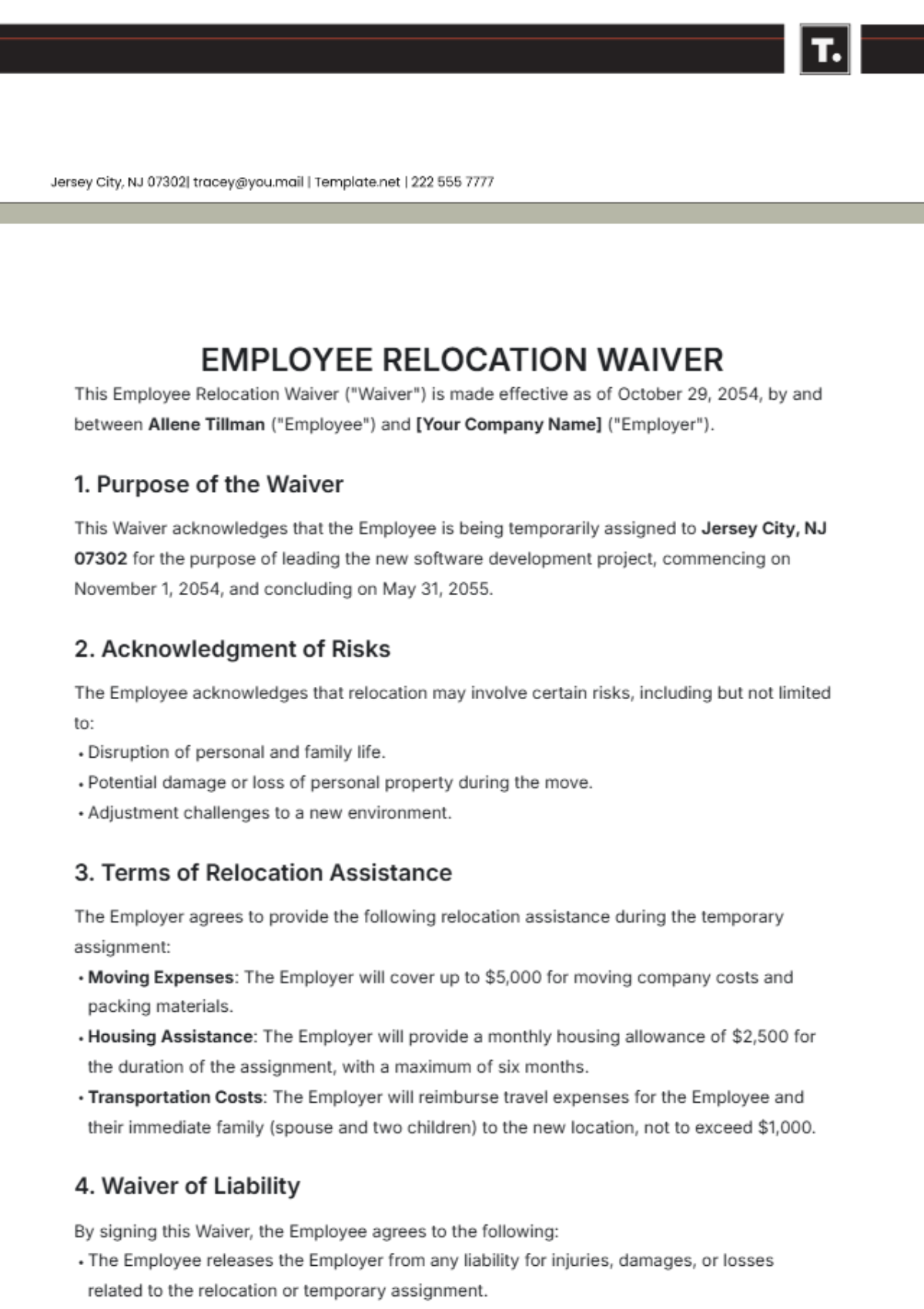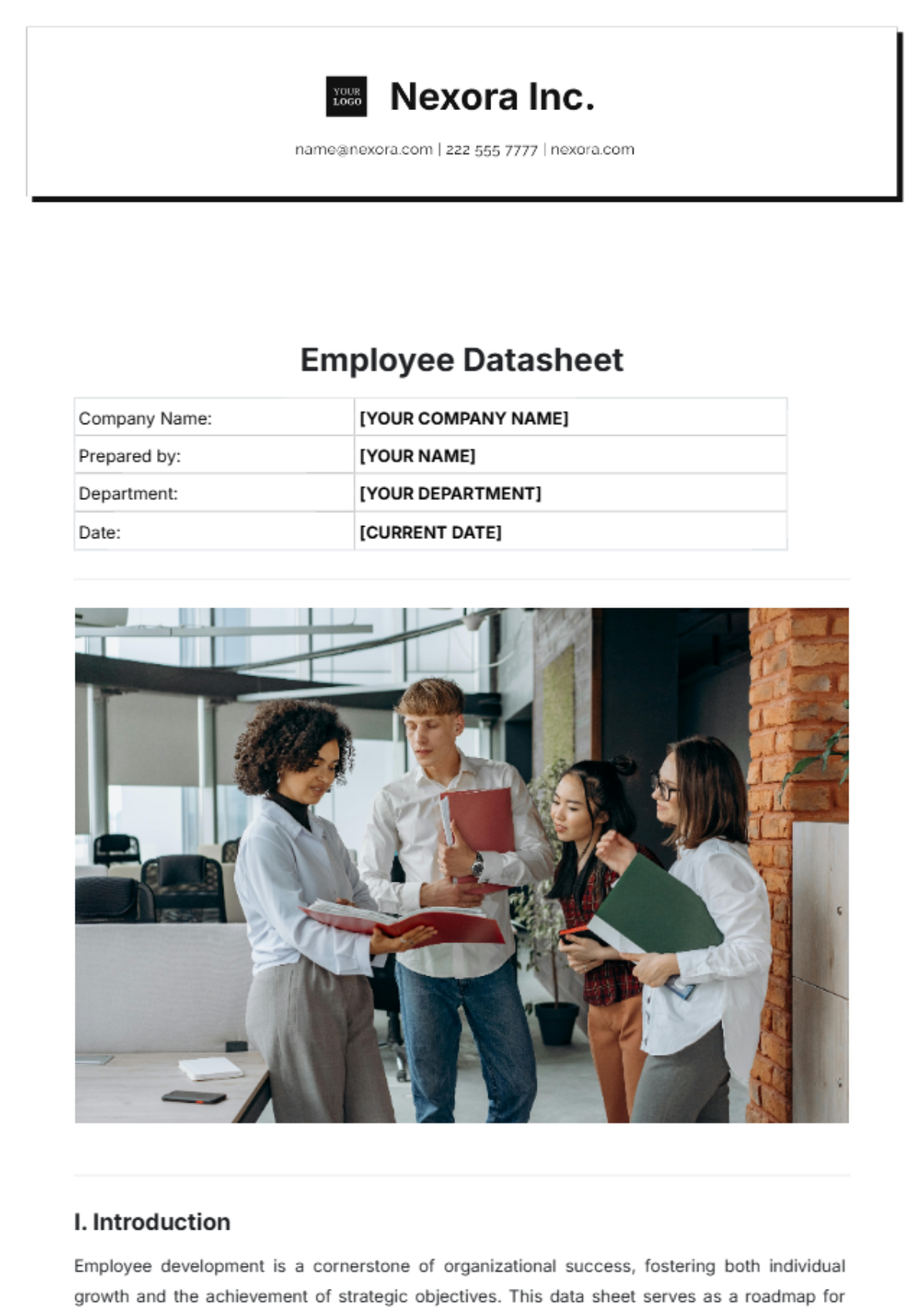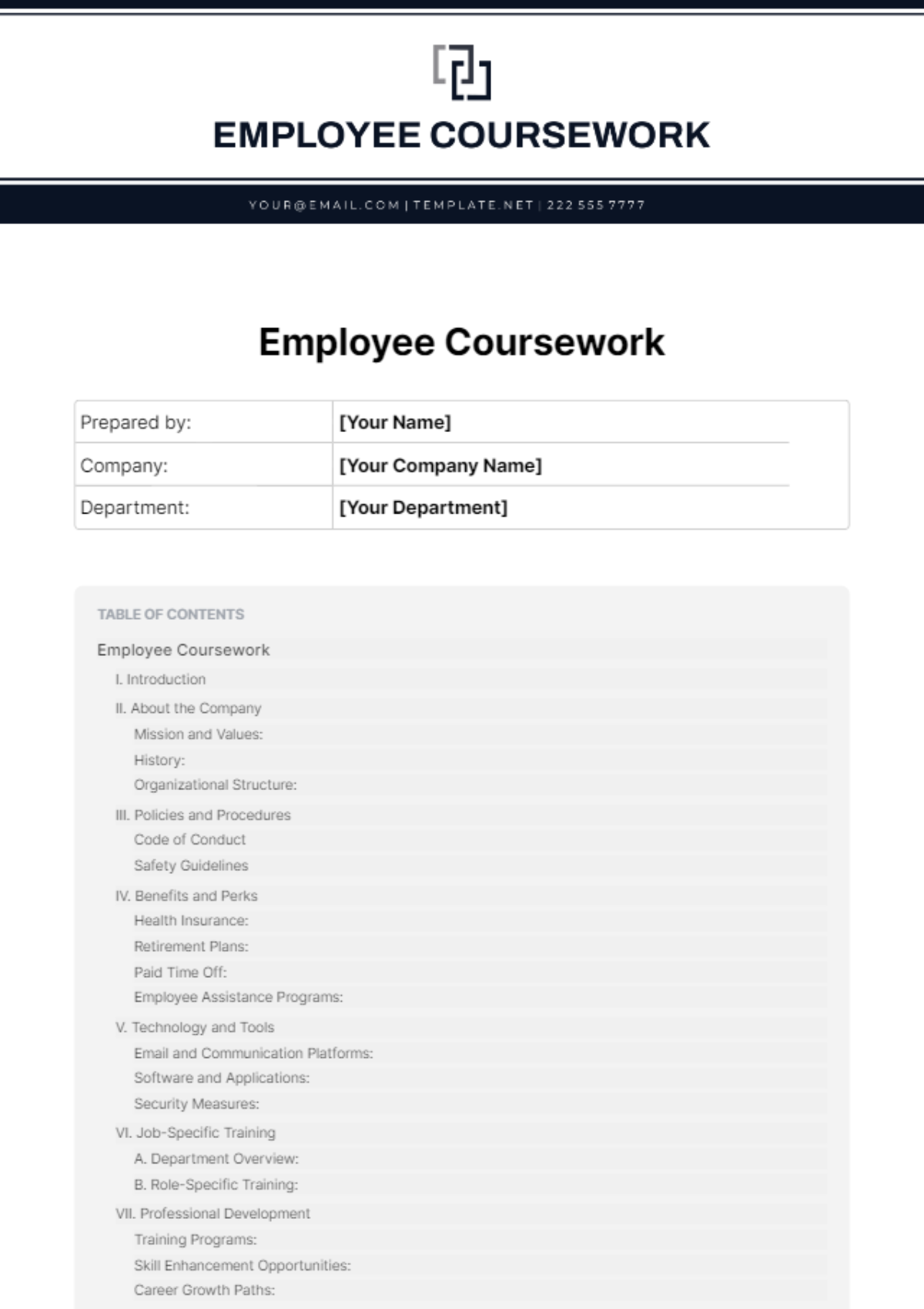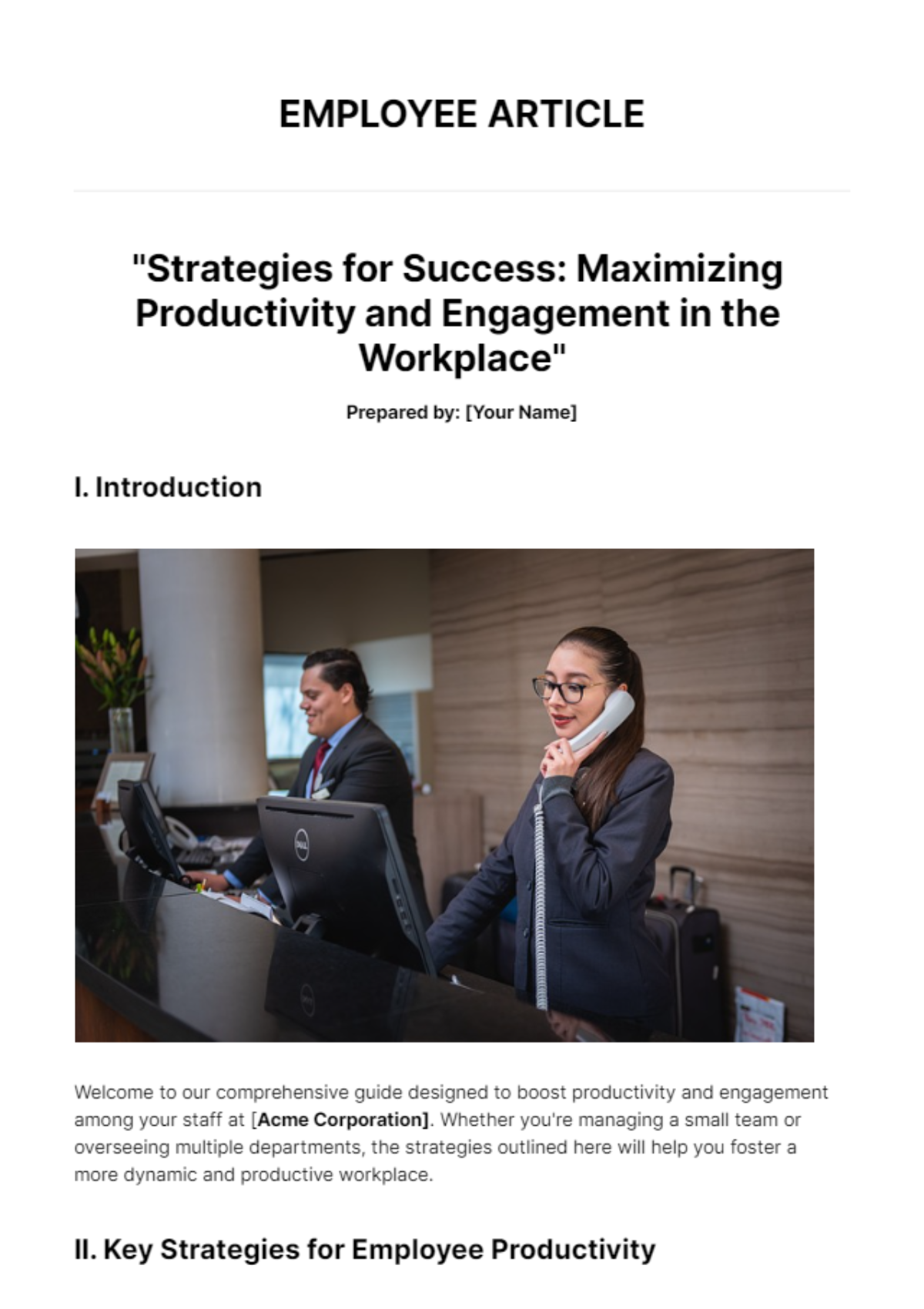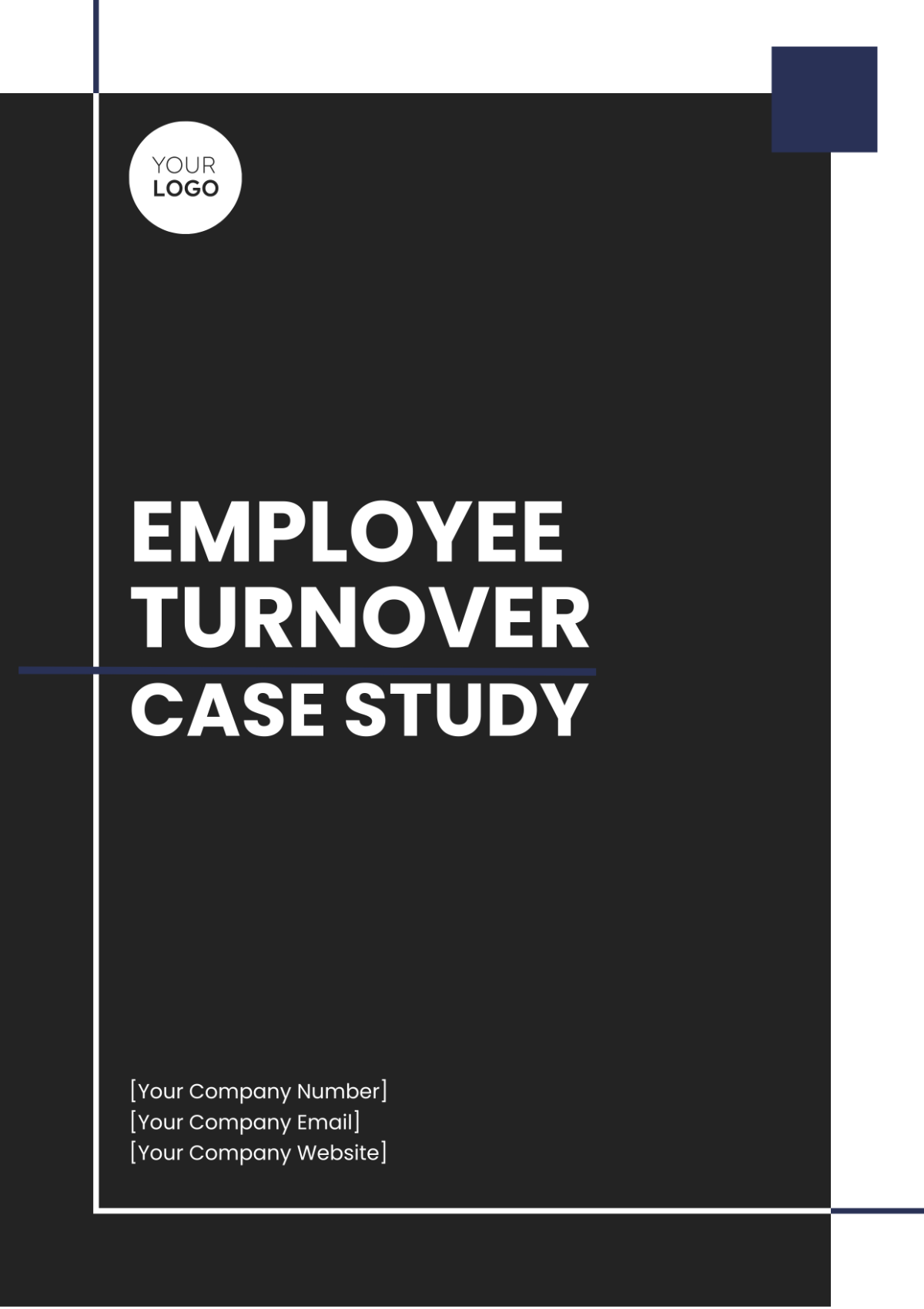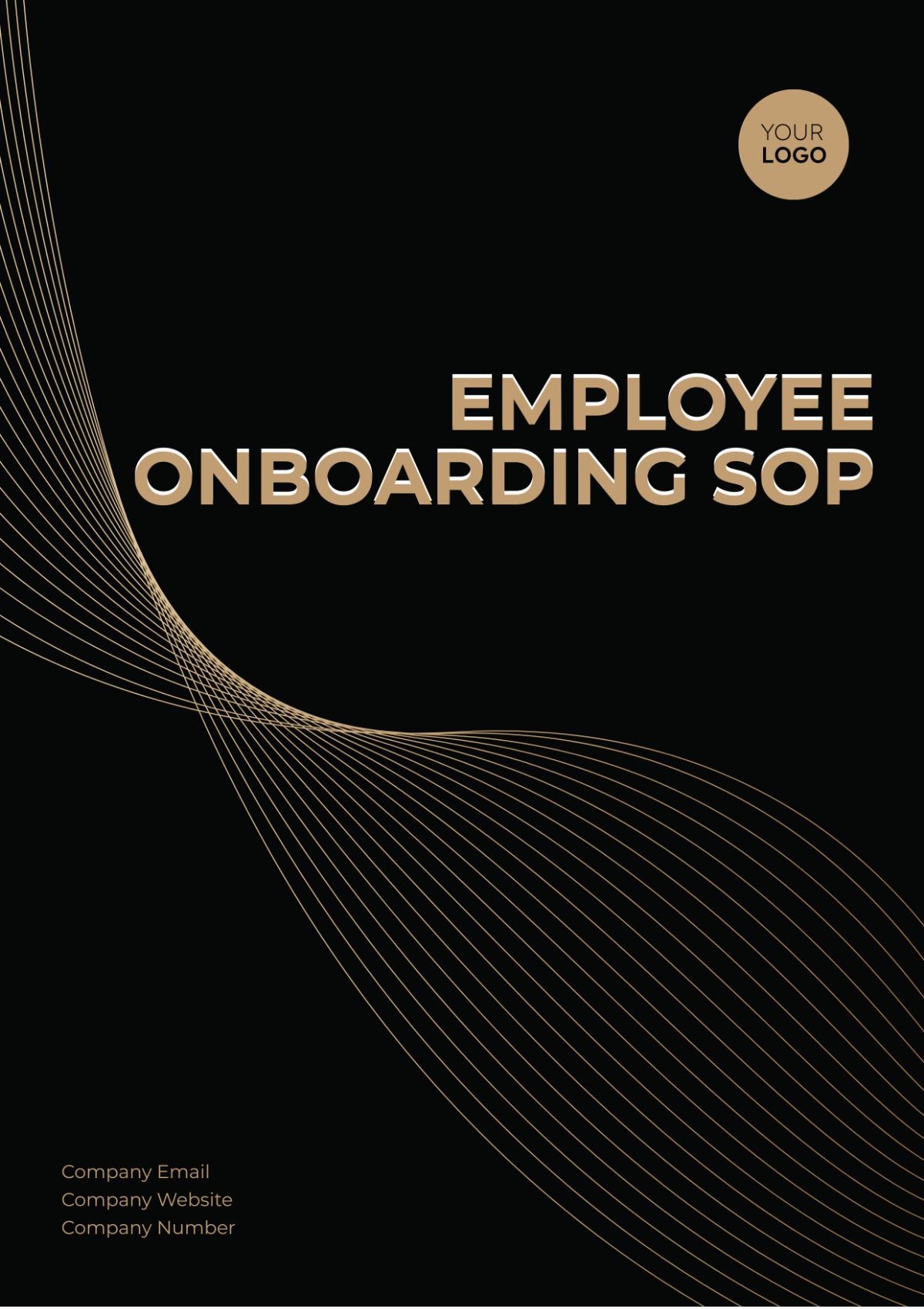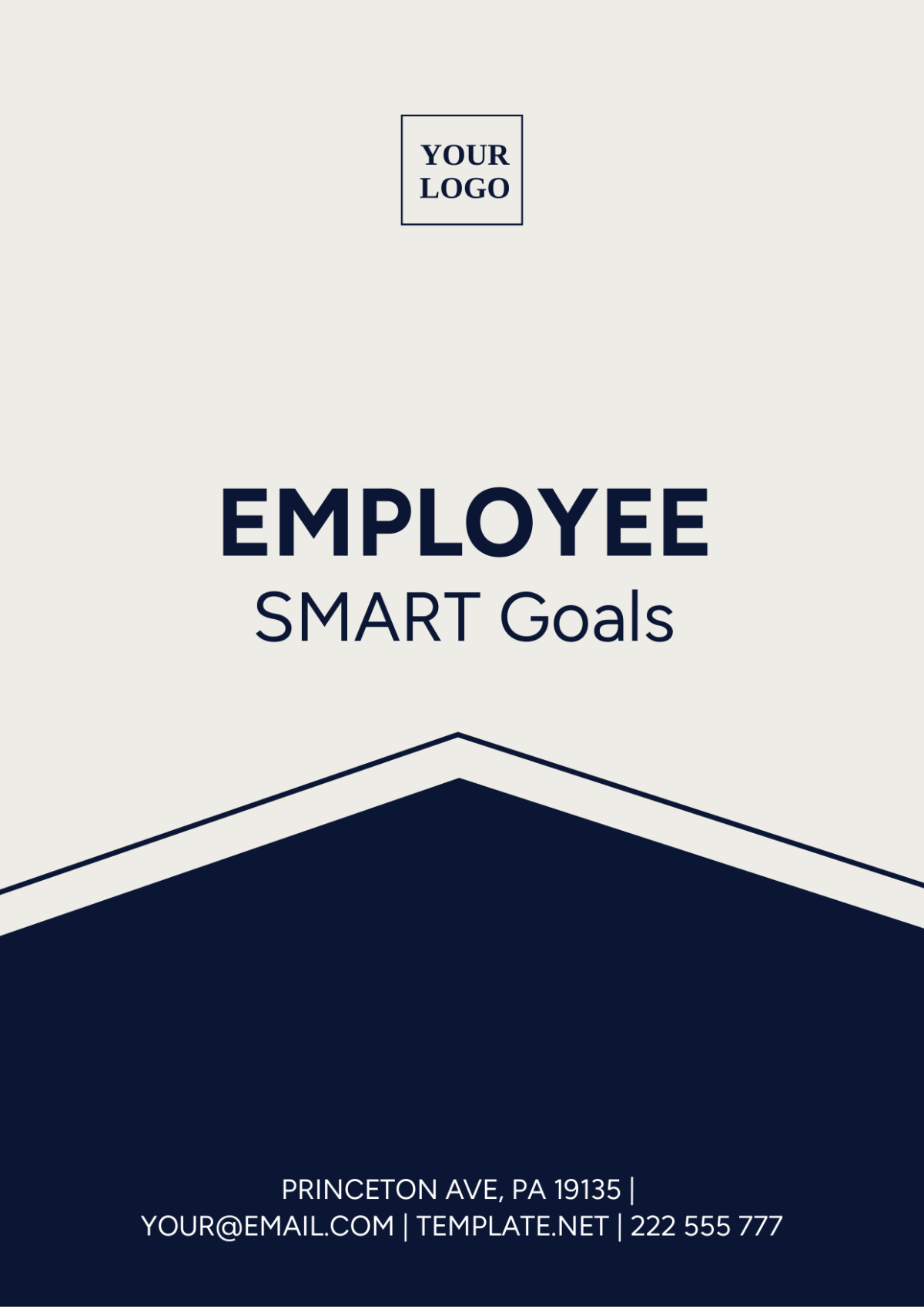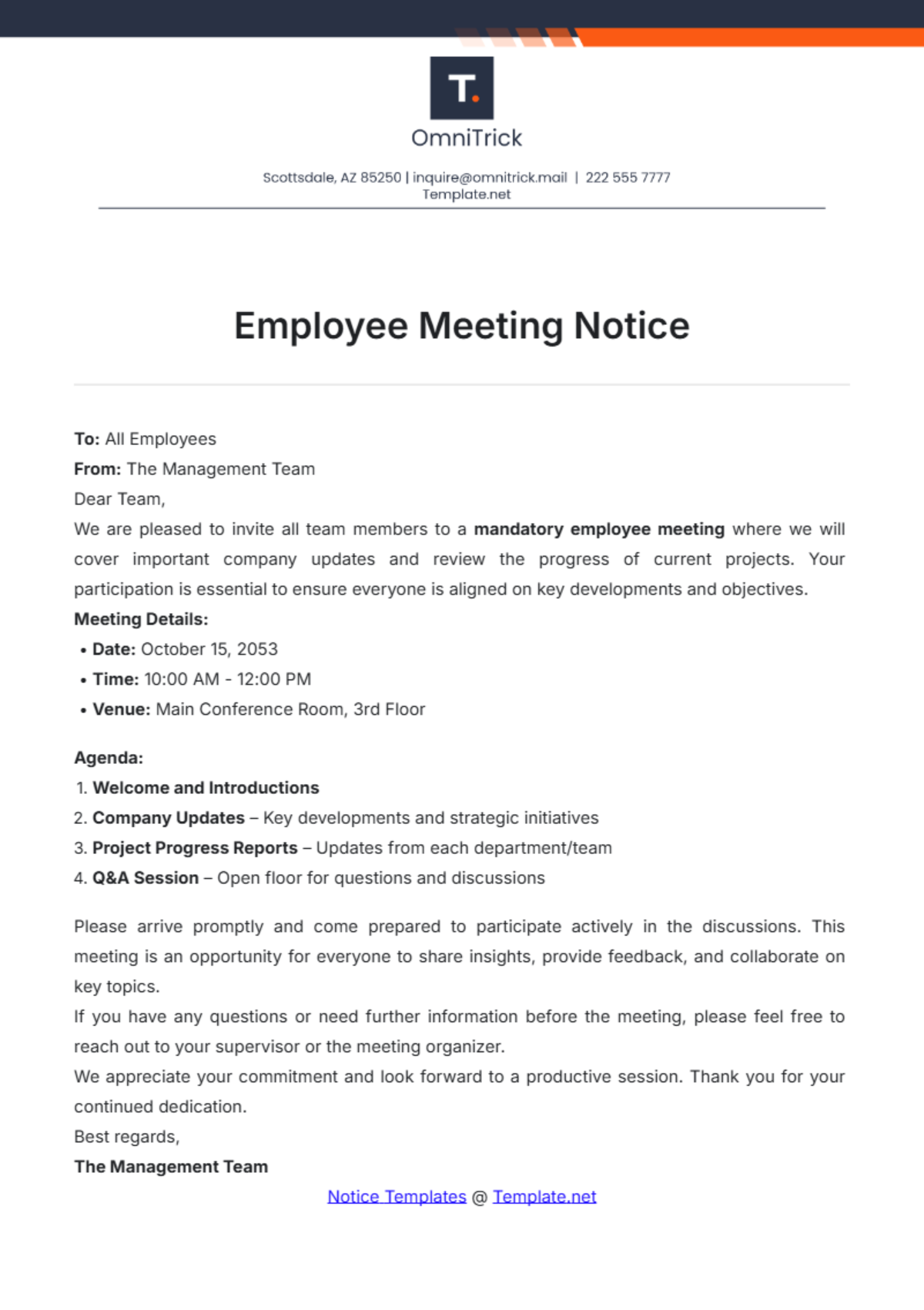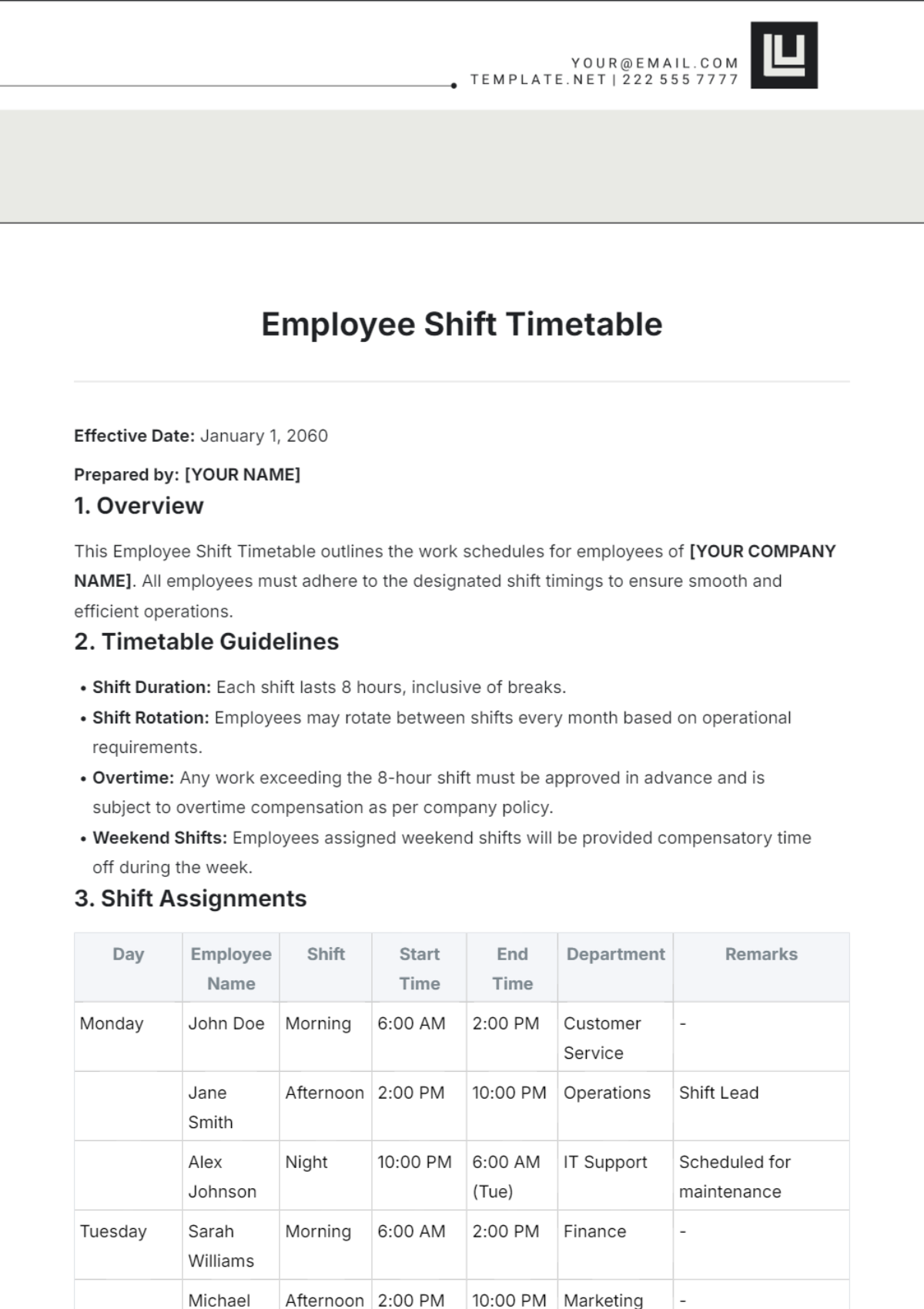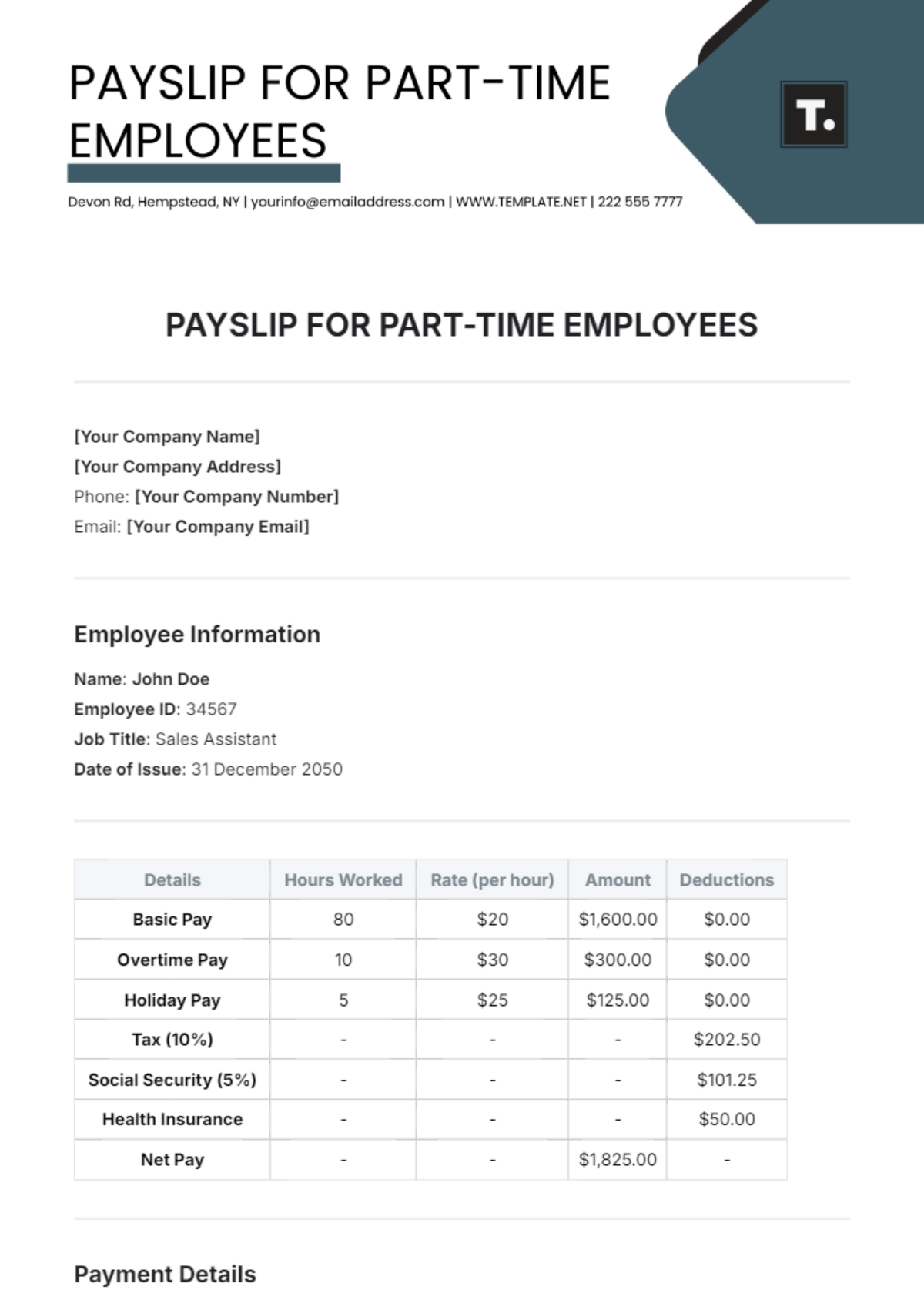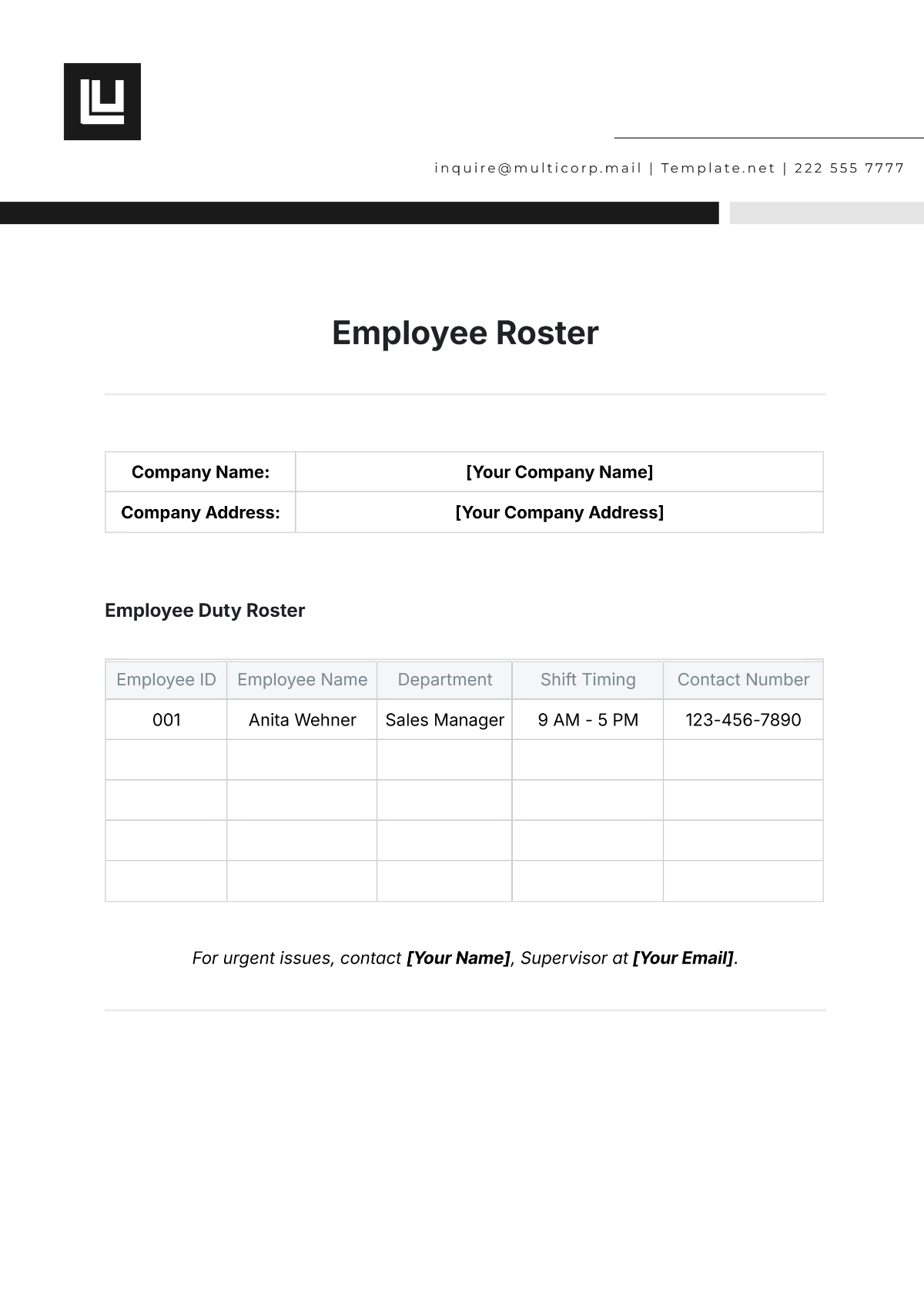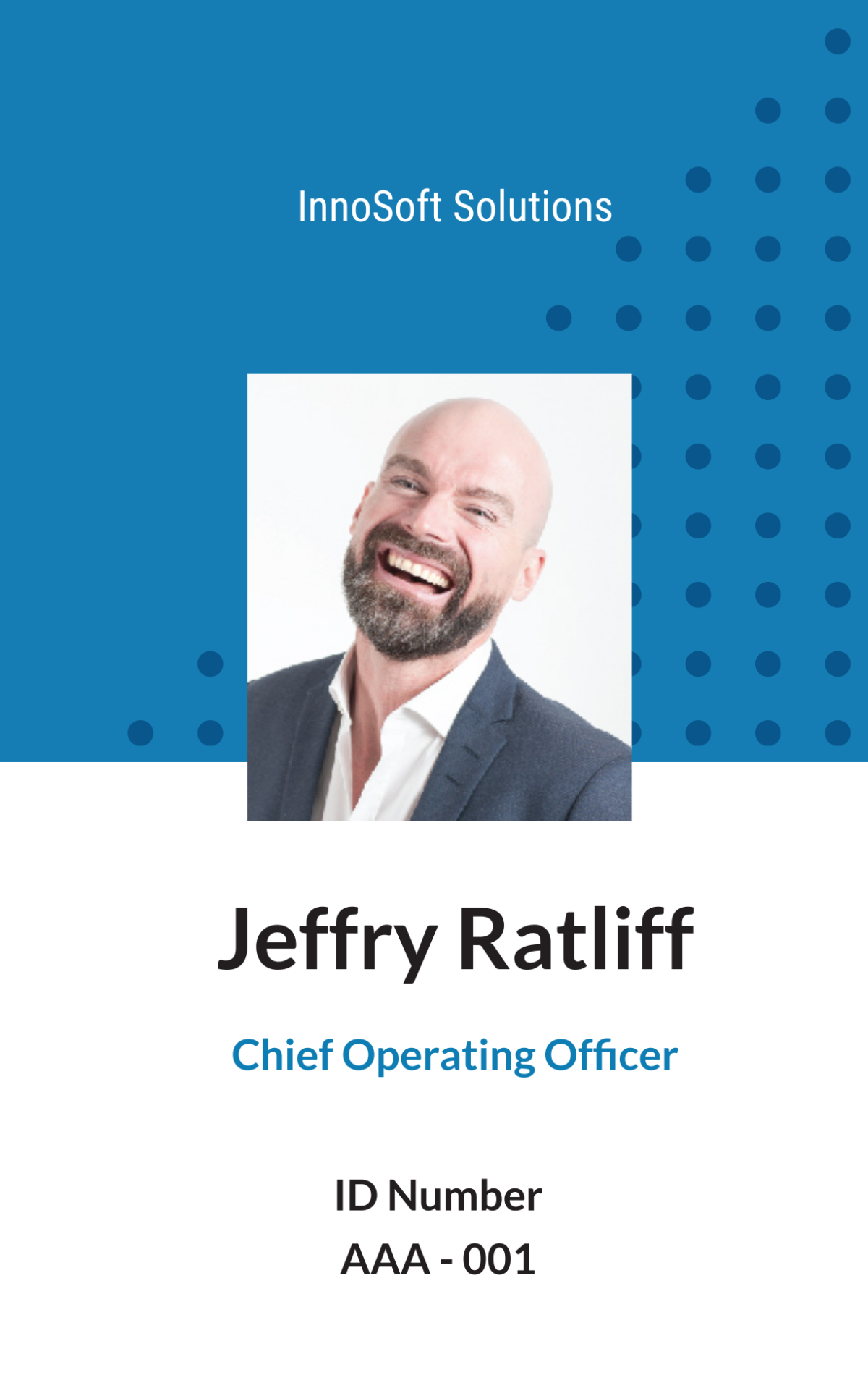Employee Onboarding Protocol
Table of Contents
1. Executive Summary……………………………………………………………………. 2
2. Introduction……………………………………………………………………………… 2
3. Objectives………………………………………………………………………………... 3
4. Pre-Onboarding Steps…………………………………………………………………. 4
5. First Week Agenda……………………………………………………………………... 6
6. Training Modules……………………………………………………………………….. 7
7. Evaluation Metrics……………………………………………………………………… 7
8. Conclusion………………………………………………………………………………. 8
9. Appendices…………………………………………………………………………...... 8
Executive Summary
The Employee Onboarding Protocol is designed to provide a structured framework for integrating new employees into [Company Name] effectively and efficiently. It lays out a well-defined process that begins with pre-onboarding tasks, such as document submission and workstation setup, and extends through to a performance evaluation period. This document serves as an essential roadmap for HR professionals and hiring managers, outlining detailed agendas for the first day and first week, specific training modules, and key performance evaluation metrics. The aim is to not only bring new hires up to speed but also to ensure they are well-assimilated into the company culture, thereby improving both individual performance and overall team synergy.
Introduction
Onboarding is not just a one-time event but a comprehensive, ongoing process that plays a critical role in an employee's journey within an organization. A successful onboarding program can increase job satisfaction, improve performance, reduce turnover, and foster a sense of belonging. Recognizing its importance, [Company Name] has developed this Employee Onboarding Protocol to serve as a definitive guide for HR managers, team leads, and other stakeholders involved in the hiring process.
The protocol aims to cover every facet of the onboarding process, starting from the moment an employment offer is accepted to the completion of the initial evaluation period. It will provide actionable steps and standardized procedures to facilitate a smooth transition for new hires, encompassing logistical preparations, orientation sessions, mentorship programs, and training modules. It will also address less tangible but equally important aspects like cultural assimilation, relationship building, and team integration.
By adhering to the steps and best practices outlined in this protocol, [Company Name] aims to create a consistent and rewarding onboarding experience for all new hires. This will not only set the stage for their future success in the organization but also align them closely with the company’s mission, values, and objectives.
Objectives
The primary objectives of this Employee Onboarding Protocol are multi-faceted and aim to provide a comprehensive approach to employee integration at [Company Name]. Here are the key objectives outlined:
Streamline the Administrative Process: To ensure that all legal and company-specific documentation are completed promptly and accurately. This involves preparing the new hire package, which includes contracts, tax forms, and benefits information, to avoid any delays or compliance issues.
Cultural Assimilation: To introduce new hires to the company culture, values, and mission. Workshops, meet-and-greets with the team, and cultural training are some of the means to achieve this. The goal is to make the new employees feel a part of the [Company Name] community from day one.
Role Clarification and Skill Assessment: To ensure that new hires understand their roles and responsibilities thoroughly. This is achieved through initial meetings with their supervisors and a review of job descriptions and expectations. Skill assessment tests may be administered to identify any gaps in the skill set that need to be addressed.
Training and Development: To equip new hires with the necessary tools and knowledge they will need to perform their jobs effectively. This includes both job-specific training and general training modules that cover company policies, software tools, and other essential skills.
Performance Evaluation: To monitor and evaluate the new employee's performance during the initial period. Regular check-ins, feedback sessions, and a formal evaluation at the end of the probation period are included to assess how well the new employee has integrated into their role and into [Company Name] as a whole.
By achieving these objectives, [Company Name] aims to provide a seamless and enriching onboarding experience that enables new hires to contribute positively to the organization as quickly as possible.
Pre-Onboarding Steps
The pre-onboarding phase is crucial for setting the stage for a new hire's successful integration into [Company Name]. By taking care of administrative, logistical, and technical aspects in advance, the team ensures a smooth and efficient onboarding process. Here are the key steps involved:
Sending out an Official Offer Letter and Company Policy Documents via [Company Email]: After a candidate has accepted a verbal offer, an official offer letter along with company policy documents, benefits information, and NDAs should be emailed to them. This sets the formal tone and provides the new hire with essential information about their new role and the company's policies.
Collecting Signed Documents and Setting Up Employee Records: Upon receipt of the signed offer letter and other documents, HR should create a new employee file and enter their details into the HR Management System. This step ensures that all legal and company-specific documentation are completed promptly, helping to avoid any compliance issues down the line.
Preparing Workstation and IT Accounts: Prior to the new employee's first day, their workstation should be set up with all necessary equipment—computer, phone, stationery, etc. In addition, IT should set up all required accounts, including email, software access, and intranet, and make sure that login credentials are ready to be handed over. This eliminates any unnecessary downtime on the first day and enables the new hire to dive right into their work.
By meticulously planning and executing these pre-onboarding steps, [Company Name] ensures that new employees feel welcomed and prepared, setting the stage for a successful long-term relationship.
First-Day Agenda
Table 1: First-Day Schedule
Time | Activity |
9:00 | Welcome and Introduction |
Table 2: First Week Agenda
The first week is an essential period for new hires at [Company Name] to become familiar with the company culture, their department, and specific roles. Below is a table outlining the activities planned for each day of the first week.
Day | Activity | Description |
Day 1 | Company Orientation | An introduction to [Company Name], its culture, and policies. |
Table 3: Training Modules
Training modules are designed to equip the new hires with the necessary tools and skills. Below is a table that highlights the key training modules that new employees will go through.
Module | Description |
Communication Tools | Training on corporate communication platforms like Slack and email software. |
Table 4: Evaluation Metrics
To track the effectiveness of the onboarding process and assess the performance of new hires, [Company Name] utilizes a series of evaluation metrics. The table below outlines these metrics and their associated timelines.
Metric | Timeline | Description |
30-Day Review | 30 Days | An initial review to identify any immediate concerns or adjustments needed. |
By structuring the first week, training modules, and evaluation metrics, [Company Name] aims to provide a thorough and effective onboarding process.
Conclusion
This Onboarding Protocol aims to make the new hire experience at [Company Name] as smooth and beneficial as possible for both the employee and the company.
Appendices
Sample Welcome Email
The Sample Welcome Email serves as the first formal communication between the company and the new hire. The email outlines the start date, essential documents attached, and sets the tone for the employee's career at [Company Name].
Employee Handbook
The Employee Handbook is a comprehensive document that contains vital information about company policies, culture, and guidelines. New hires are expected to familiarize themselves with this handbook to understand what is expected of them and what they can expect from the company.
IT Setup Guide
The IT Setup Guide provides step-by-step instructions to set up the workstation, including hardware and software requirements. The guide also includes security protocols and information on how to access internal company resources. Following this guide ensures that new hires have the necessary tools and access from day one.
For further information, please contact [Your Name] at [Your Email].


